Growing juicy, fresh tomatoes in your garden brings incredible satisfaction, but these plants need proper support to reach their full potential. Without sturdy trellises, tomato vines sprawl across the ground, making fruit vulnerable to pests, diseases, and rot. The right trellis system transforms your tomato patch into an organized, productive space that maximizes both yield and garden beauty. Whether you have a small backyard plot or expansive vegetable beds, choosing the perfect support structure makes all the difference in your harvest success. From simple bamboo towers to elaborate wire systems, countless creative options exist to keep your plants upright and thriving. Each design offers unique benefits for different growing situations, garden sizes, and tomato varieties. Smart gardeners know that investing time in proper plant support pays dividends in healthier plants, easier harvesting, and dramatically improved fruit quality throughout the entire growing season.
1. Bamboo Tower Trellis Design
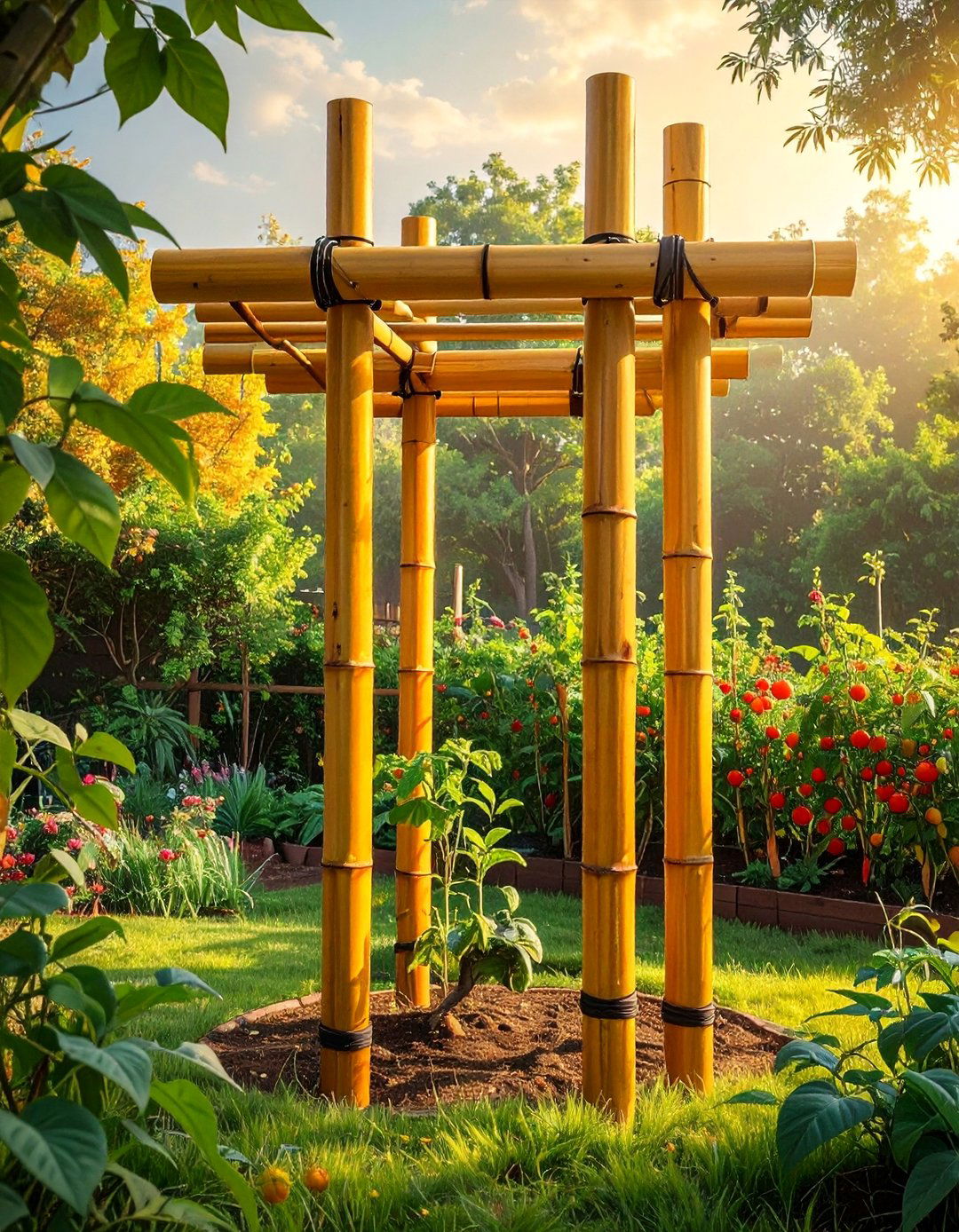
Transform your garden with elegant bamboo towers that provide sturdy vertical support for indeterminate tomato varieties. These natural structures combine four eight-foot bamboo poles arranged in a square pattern, connected with horizontal crosspieces at multiple levels. The tower design allows tomato plants to grow within the protected framework while maintaining excellent air circulation. Bamboo's flexibility makes it perfect for windy locations, as it bends rather than breaks under pressure. The natural golden color blends beautifully with garden foliage, creating an attractive focal point in your vegetable bed. Installation requires only basic tools, and the biodegradable material can be composted at season's end. Each tower supports multiple plants while taking up minimal ground space, making this ideal for compact gardens where efficient space usage matters most.
2. A-Frame Wooden Trellis System
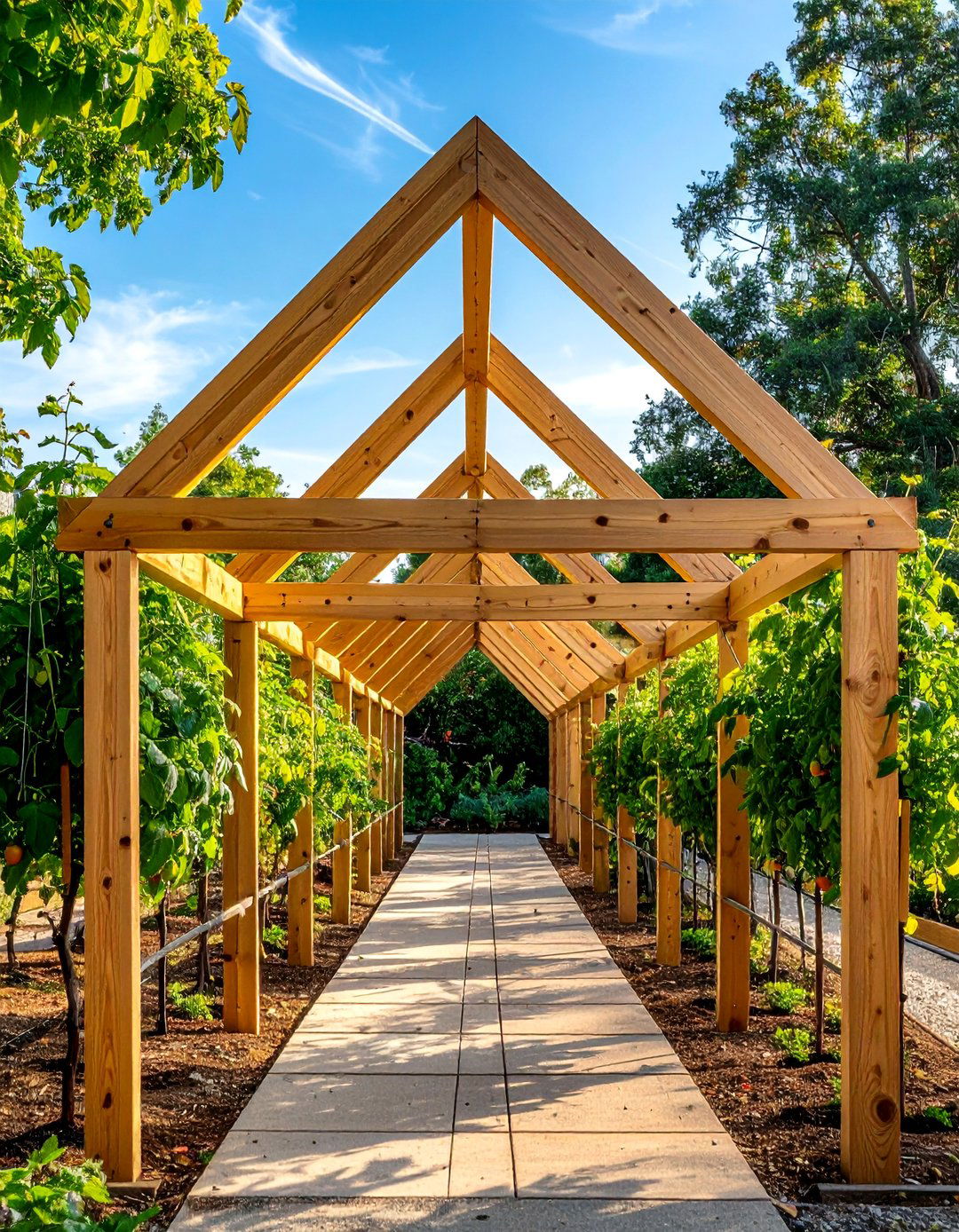
Construct durable A-frame structures using cedar or redwood boards that create stable, long-lasting support for entire tomato rows. This classic design features two triangular frames connected by horizontal support beams, forming a sturdy framework that withstands heavy fruit loads. The angled legs provide excellent stability without requiring deep foundation work, while the open design allows easy access from both sides for maintenance and harvesting. Wood construction ensures decades of reliable service when properly treated and stored during winter months. Multiple A-frames can be linked together to support long rows of plants, making this perfect for larger gardens. The framework accommodates both stake-and-weave systems and individual plant ties, offering flexibility in training methods. Weather-resistant hardware ensures joints remain tight throughout multiple growing seasons.
3. T-Post String Trellis Method
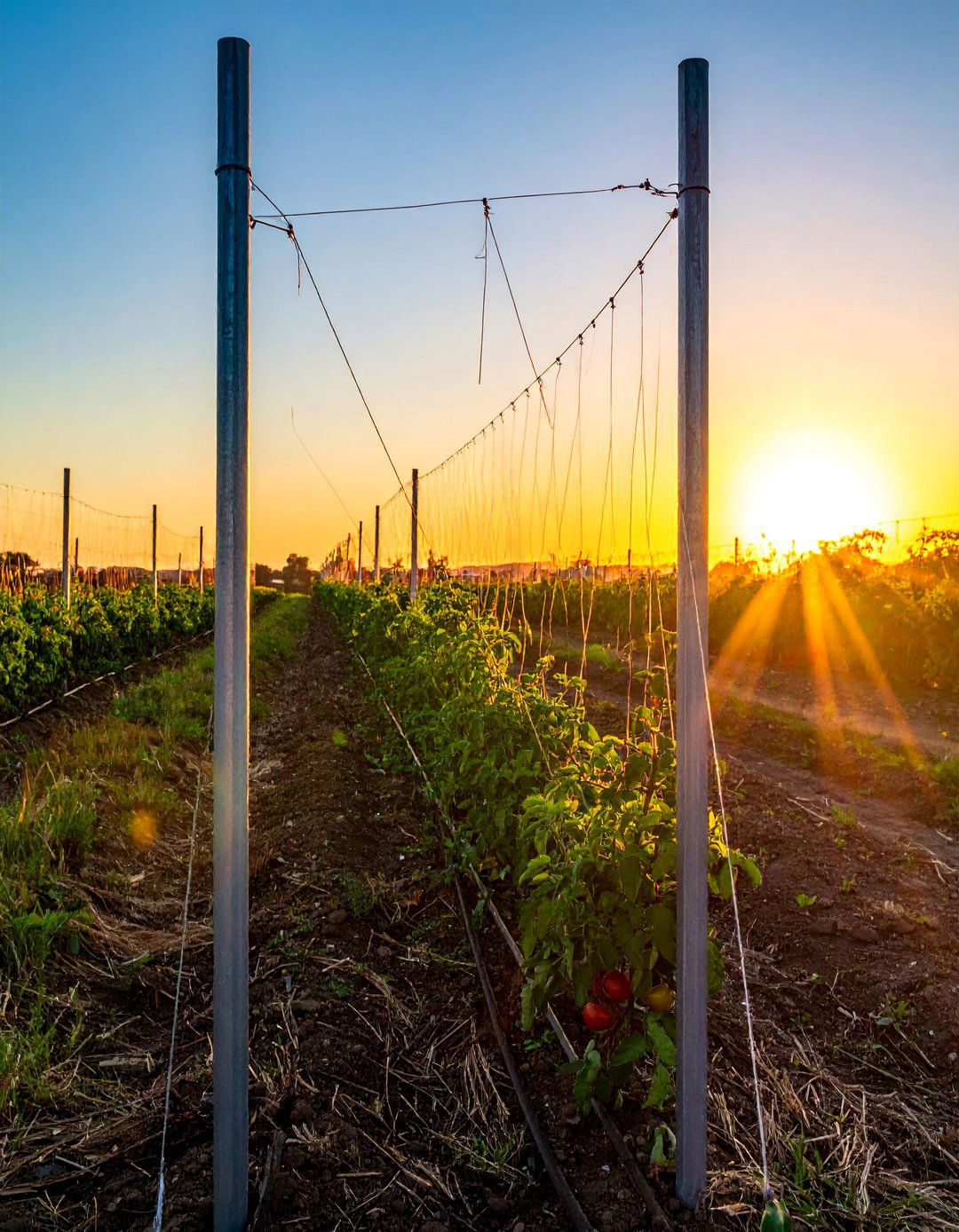
Drive galvanized T-posts into the ground at regular intervals to create an efficient string trellis system that professional growers rely on for consistent results. Heavy-duty high-tensile wire stretched between posts forms the backbone for hanging biodegradable twine strings that support individual plants. This method allows precise plant spacing and excellent vertical growth control, making pruning and harvesting significantly easier. The galvanized posts resist rust and last for decades, while the simple design adapts to any garden layout or size. String replacement occurs annually, ensuring fresh, strong support each season. Plants grow straight up individual strings, maximizing sun exposure and air circulation while minimizing disease pressure. The commercial-grade approach delivers professional results in home gardens while remaining surprisingly affordable for large plantings.
4. Cattle Panel Wire Framework
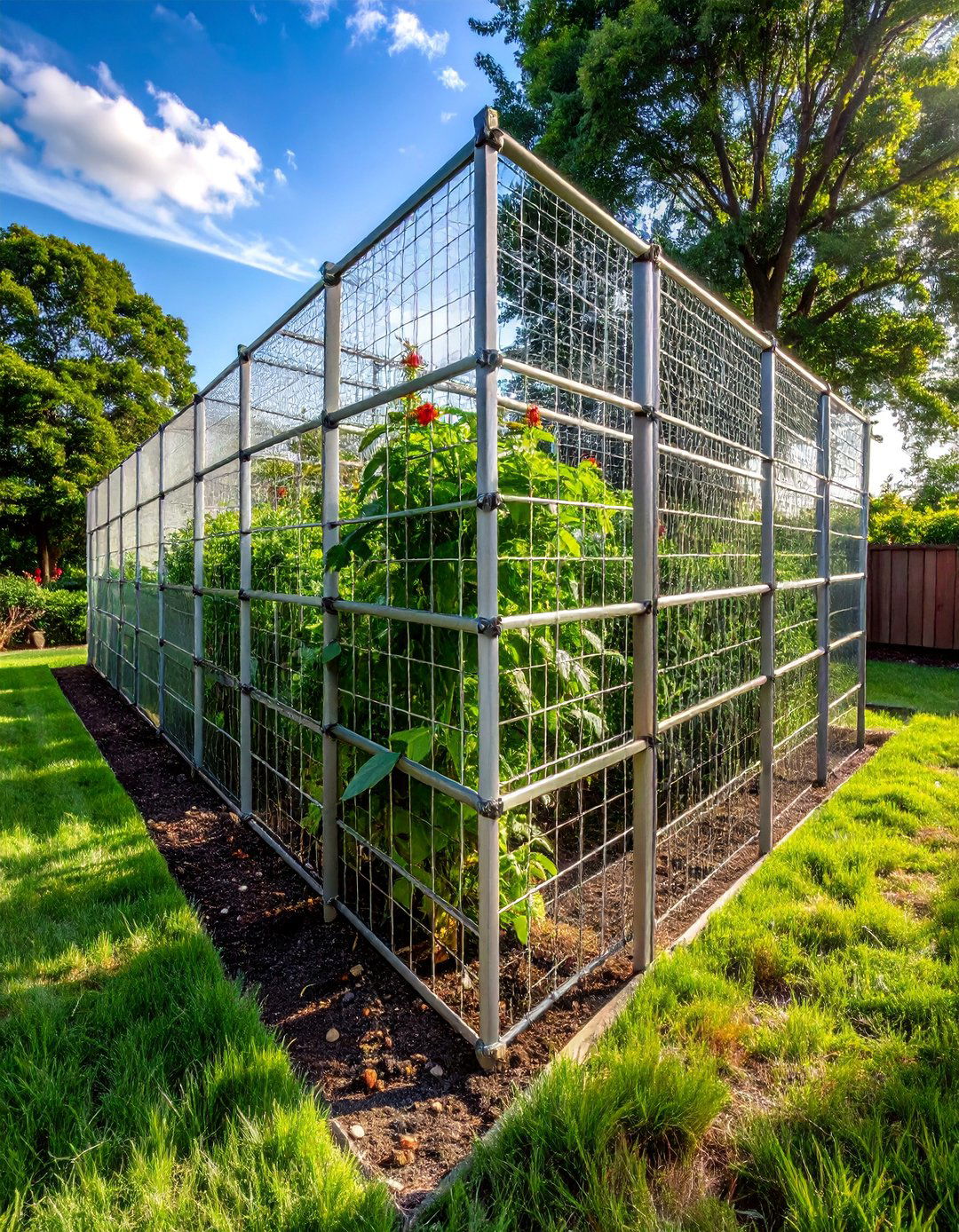
Repurpose heavy-duty cattle panels into incredibly strong trellis systems that handle the most productive tomato plants without sagging or breaking. These welded wire panels feature six-inch openings that prevent fruit from getting trapped while providing abundant attachment points for plant ties. The thick gauge wire construction supports multiple large plants along each sixteen-foot panel, making this perfect for serious gardeners with extensive plantings. Installation involves anchoring panels between sturdy posts, creating a permanent framework that serves multiple seasons. The galvanized coating resists rust and weathering, ensuring long-term durability in all climates. Plants weave naturally through the grid pattern, requiring minimal tying while receiving maximum support. This professional-grade solution handles indeterminate varieties that would overwhelm lighter support systems.
5. Obelisk Garden Structure
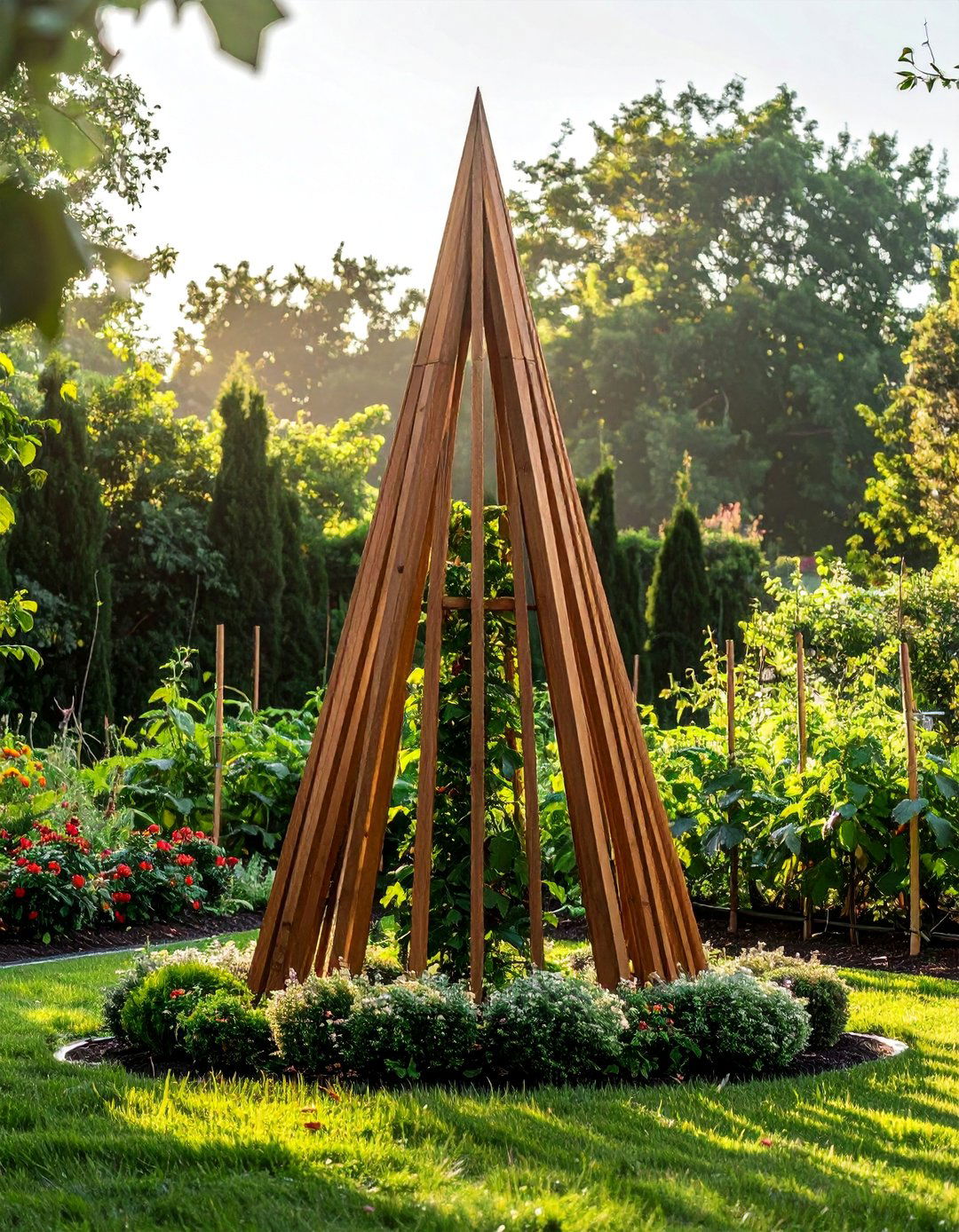
Create stunning pyramid-shaped supports that combine function with architectural beauty in your vegetable garden space. These four-sided tapered structures use wooden slats or metal rods arranged in diminishing tiers, providing climbing surfaces at every level. The pyramid shape offers excellent stability while creating an attractive vertical accent that complements formal garden designs. Each obelisk supports multiple plants around its base, maximizing productivity in minimal space while maintaining easy access for care and harvesting. The narrow footprint makes this perfect for raised beds or container gardens where space efficiency matters. Premium materials like cedar or powder-coated metal ensure weather resistance and longevity. The elegant design transitions beautifully from vegetable garden to ornamental landscape, making this ideal for front-yard food gardens or visible growing areas.
6. Wire Cage Construction
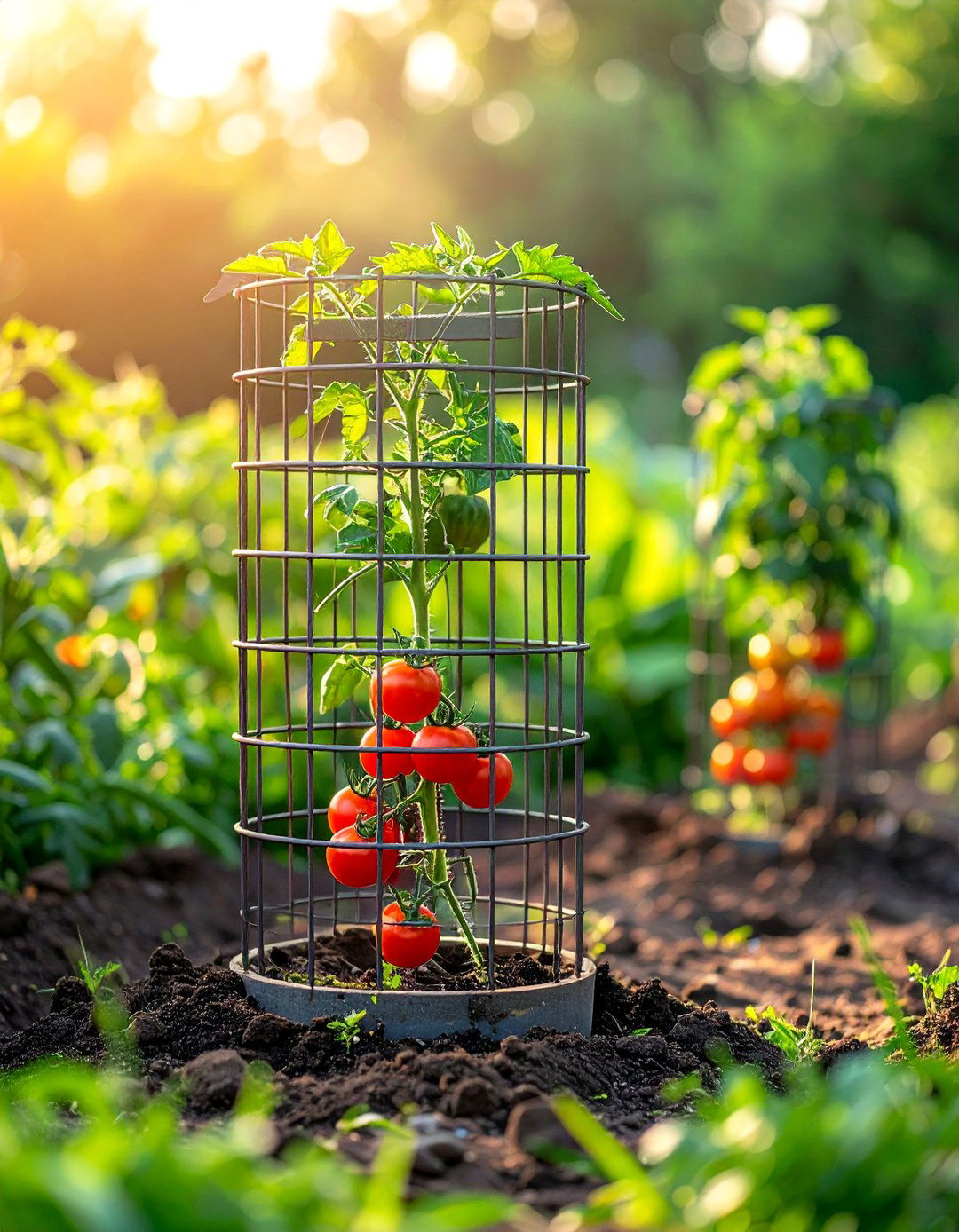
Build custom wire cages using concrete reinforcing mesh that provides 360-degree support for bushy determinate tomato varieties. These cylindrical structures use heavy-gauge welded wire formed into circles and secured with metal clips or wire ties. The large mesh openings allow easy harvesting while supporting fruit-laden branches from all angles, preventing breakage during peak production periods. Height customization accommodates different varieties, from compact cherry tomatoes to larger paste types. The cage design contains sprawling growth while maintaining plant shape and accessibility for maintenance tasks. Galvanized wire resists corrosion, ensuring multiple seasons of reliable service. These structures stack efficiently for winter storage and can be quickly deployed when planting season arrives. The contained growth pattern makes this perfect for organized garden layouts and neat appearance.
7. Ladder Trellis Design

Construct attractive ladder-style supports using pressure-treated lumber that creates distinctive vertical growing surfaces with rustic charm. Two parallel uprights connected by evenly-spaced horizontal rungs provide multiple levels for plant attachment and support distribution. The ladder profile offers excellent air circulation while creating interesting shadows and visual texture in garden spaces. Plants climb naturally on alternating sides of the rungs, creating lush coverage while maintaining easy access for maintenance and harvesting. The narrow profile fits perfectly against walls, fences, or between raised beds where space constraints require efficient design. Quality lumber construction ensures decades of reliable service with proper maintenance and seasonal storage. Multiple ladders can be arranged in various configurations to accommodate different garden layouts and planting schemes.
8. Arch Gateway Trellis
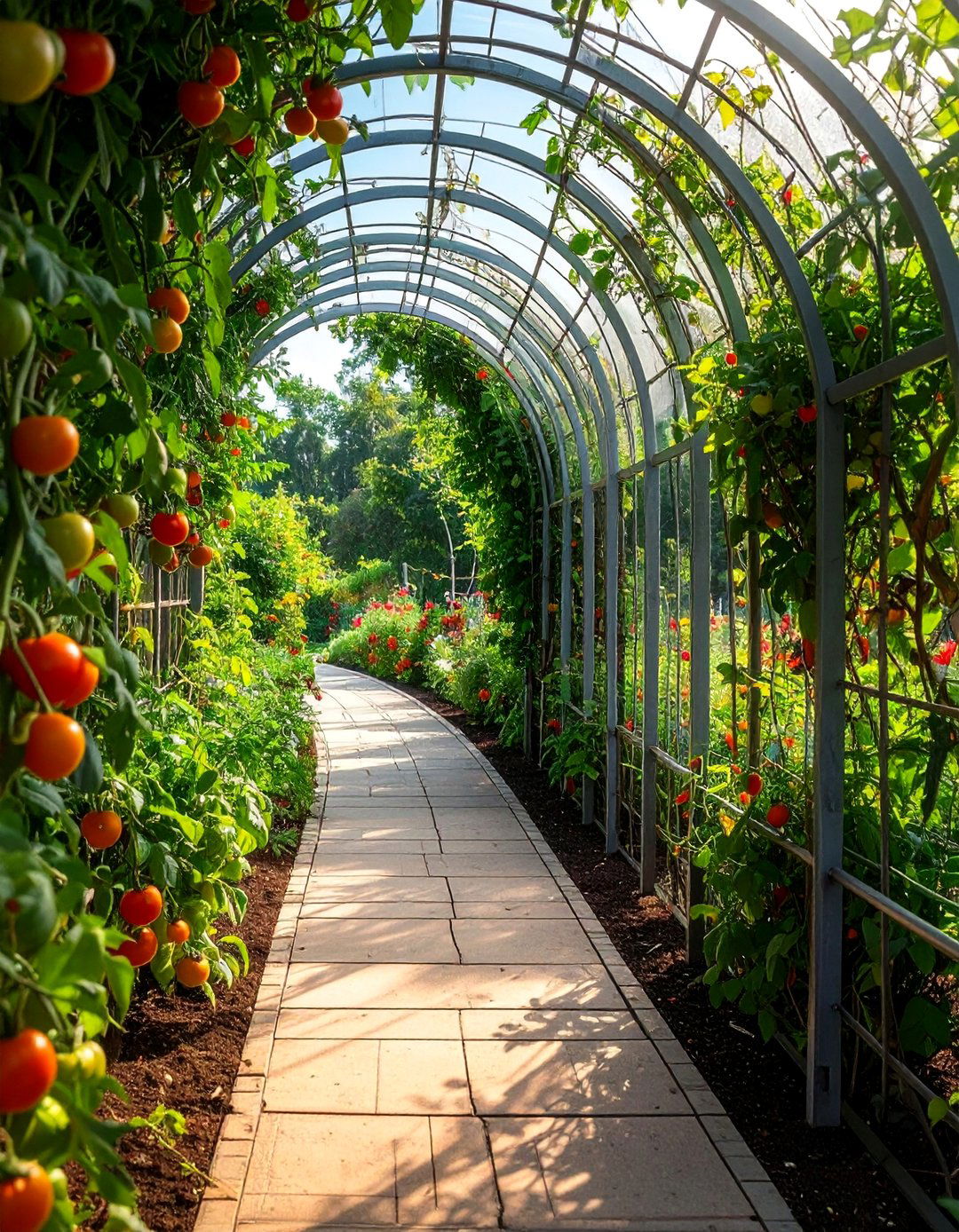
Design stunning archway structures that transform garden pathways while providing extensive growing space for vining crops. These curved frameworks use bent cattle panels or custom-welded construction to create tunnel-like growing environments that maximize vertical space usage. The arch design handles multiple plants along both sides while creating attractive overhead coverage that provides partial shade for underplantings. Walking through tomato-covered arches creates immersive garden experiences that combine productivity with beauty. The sturdy construction handles heavy fruit loads while maintaining structural integrity throughout the growing season. This design works perfectly for main garden pathways, creating functional beauty that impresses visitors while producing abundant harvests. The overhead growing space doubles production in the same ground footprint compared to traditional single-sided supports.
9. String and Stake System
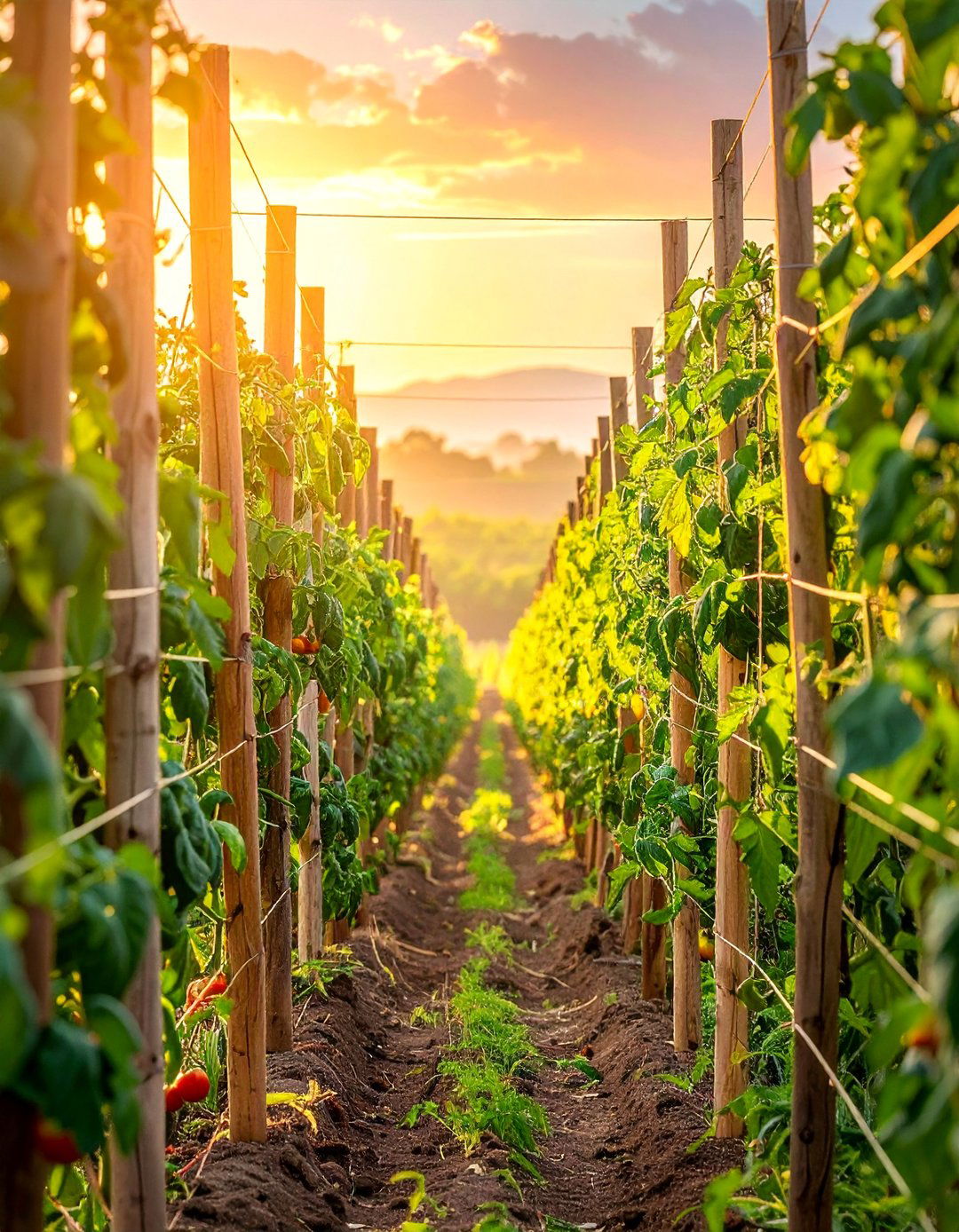
Implement the classic Florida weave method that commercial growers trust for efficient support of long tomato rows. This time-tested technique uses sturdy posts placed at regular intervals with horizontal strings woven between plants and stakes at multiple height levels. The basket-weave pattern securely holds plants upright while allowing natural growth patterns and easy maintenance access. Adding new string levels as plants grow provides continuous support throughout the entire season. The minimal materials cost makes this perfect for large plantings or budget-conscious gardeners seeking proven results. Professional growers rely on this method because it scales efficiently for extensive production while maintaining plant health and fruit quality. The systematic approach ensures consistent support across entire rows while accommodating different plant sizes and growth rates.
10. Spiral Wire Tower
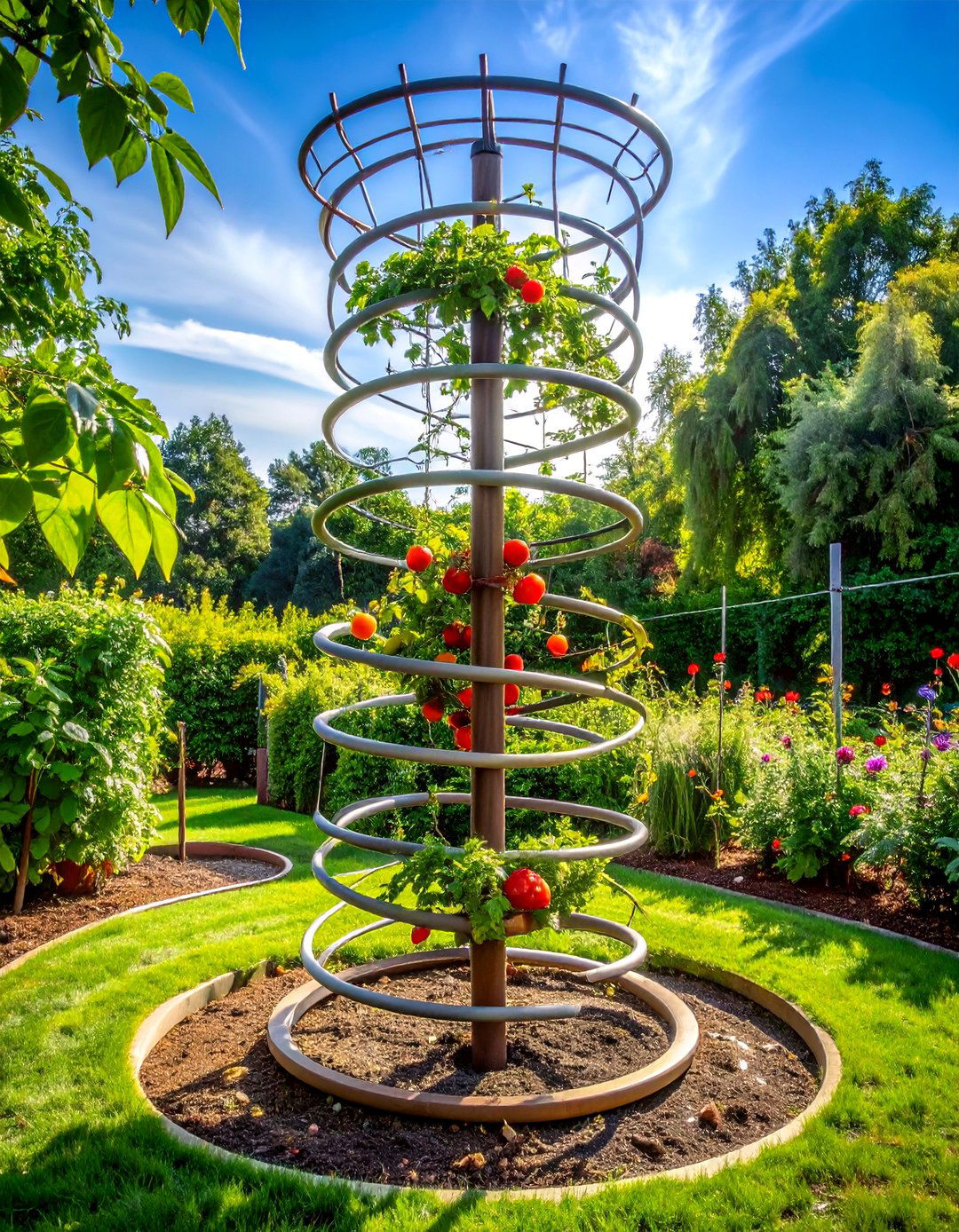
Create attractive spiral towers using heavy-gauge wire formed into helical shapes that guide plant growth in interesting patterns. These sculptural supports combine function with artistic appeal, creating distinctive garden focal points that demonstrate creative gardening approaches. The spiral design provides continuous attachment points as plants grow upward, naturally training stems into attractive climbing patterns. Multiple towers arranged in groups create dramatic visual impact while maximizing growing space in compact areas. The wire construction allows excellent air circulation and light penetration, promoting healthy plant development and reducing disease pressure. These towers work particularly well with cherry tomato varieties that benefit from the contained growing environment. The unique appearance makes this perfect for showcase gardens or areas where aesthetic appeal matches functional requirements.
11. Bamboo Tripod Structure
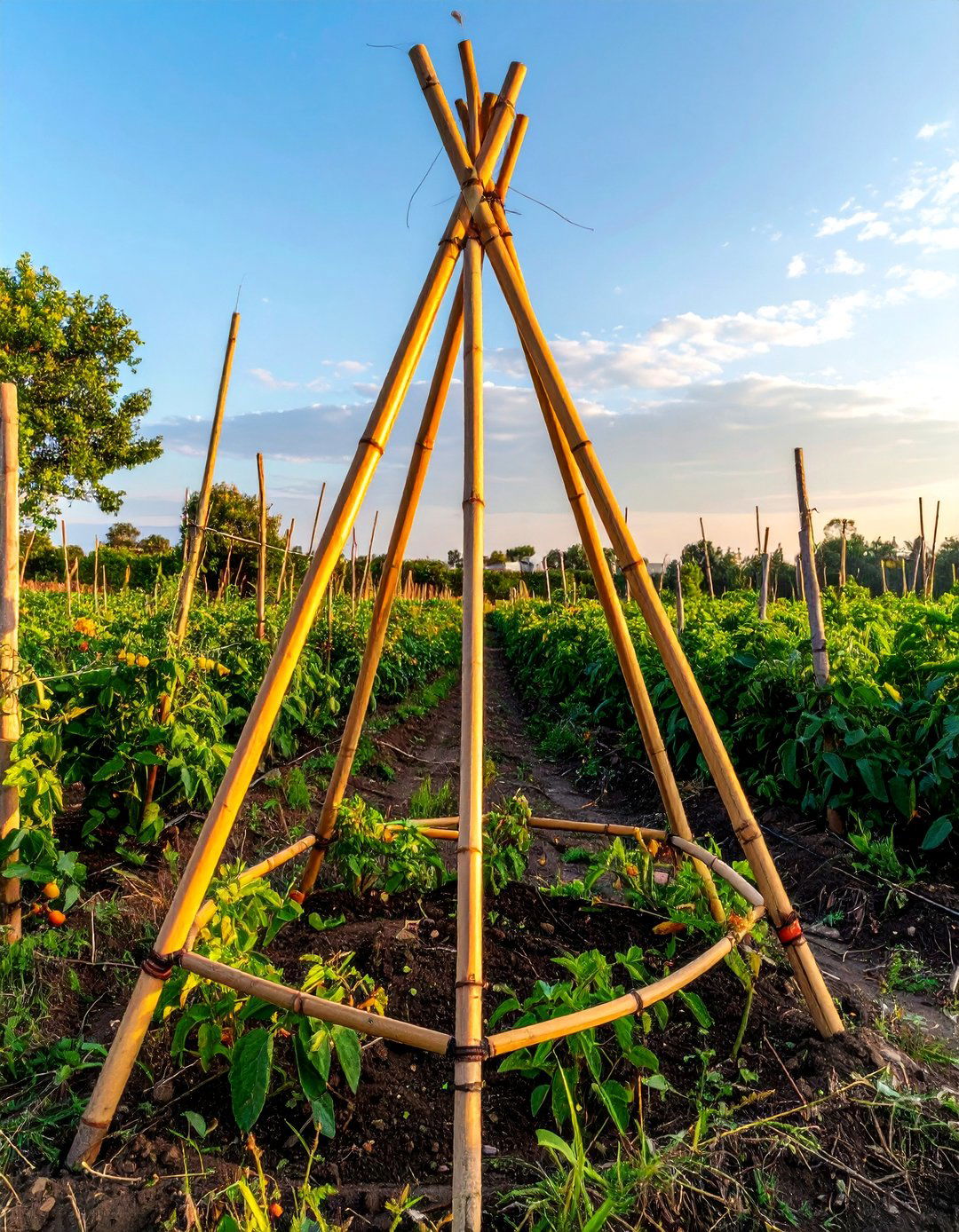
Assemble simple three-pole tepees using bamboo stakes that provide stable support for individual plants or small groups. This traditional design uses three eight-foot poles lashed together at the top and spread into a stable triangle base. The tripod configuration offers excellent wind resistance while providing climbing surfaces on all three sides for maximum plant attachment options. Natural bamboo materials decompose safely at season's end, making this an environmentally friendly choice for organic gardeners. The construction requires only basic materials and simple lashing techniques, making this accessible for beginning gardeners or quick seasonal installations. Multiple tripods arranged throughout the garden create rhythmic visual patterns while supporting different varieties with individual care requirements. The portable design allows repositioning between seasons for crop rotation strategies.
12. Hoop House Integration
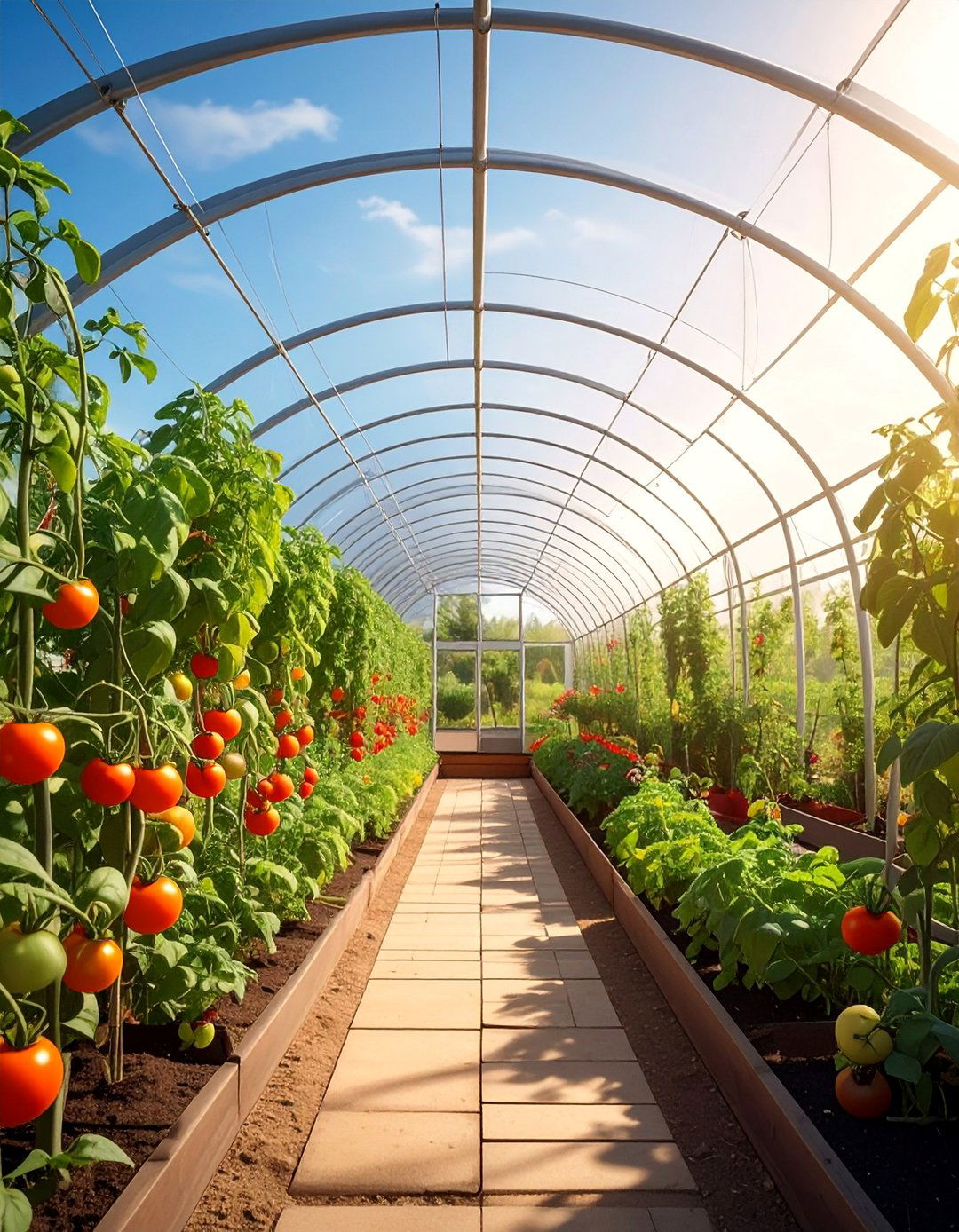
Combine tomato support with season extension by incorporating trellis systems into hoop house frameworks for year-round growing potential. These structures use the tunnel framework to support overhead wire systems that handle hanging string supports for individual plants. The protected environment extends growing seasons while the integrated trellis maximizes space efficiency within the covered area. Climate control combines with optimal plant support to create ideal growing conditions for premium fruit production. The enclosed system allows precise environmental management while maintaining easy access for maintenance and harvesting activities. This approach works particularly well in northern climates where season extension significantly impacts total yield and harvest timing. The combined structure eliminates the need for separate support systems while creating efficient, productive growing environments.
13. Welded Wire Panel System

Install commercial-grade welded wire panels that create permanent trellis systems capable of supporting multiple seasons of heavy production. These panels feature consistent grid patterns with openings sized perfectly for tomato cultivation, preventing fruit entrapment while providing abundant attachment points. The heavy-gauge construction handles the substantial weight of fully-loaded indeterminate plants without sagging or structural failure. Galvanized coating ensures decades of reliable service in all weather conditions, making this an excellent long-term investment for serious gardeners. The modular design allows custom configurations for any garden layout while maintaining professional appearance and performance standards. These panels also serve multiple crops throughout rotation cycles, supporting beans, peas, cucumbers, and other climbing vegetables when not hosting tomatoes.
14. Greenhouse String Method
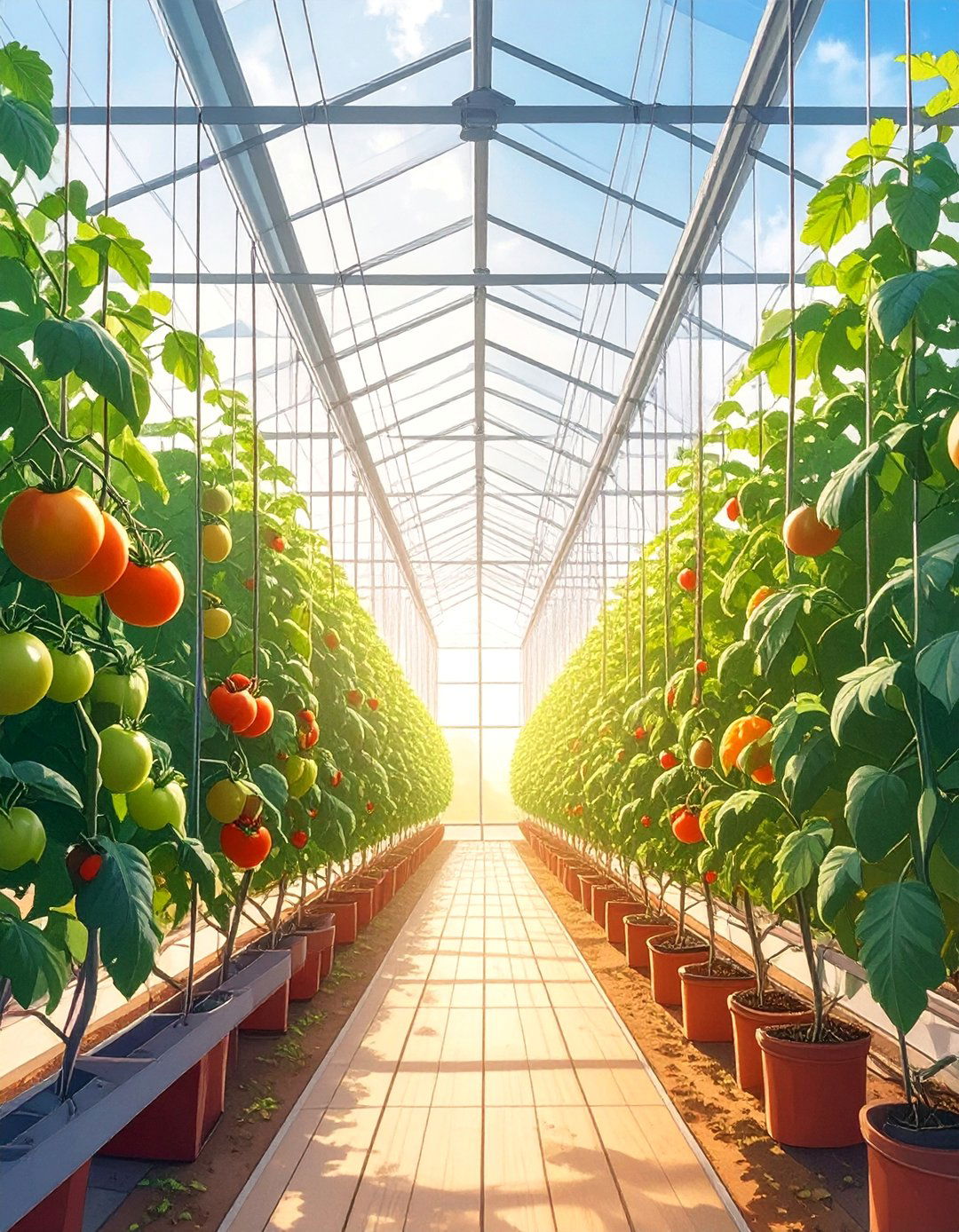
Implement professional greenhouse growing techniques in outdoor gardens using overhead wire systems that support individual hanging strings for each plant. This method provides precise plant control and maximum vertical space utilization while maintaining easy access for maintenance and harvesting. The string system allows plants to grow straight up without lateral spreading, concentrating energy into fruit production rather than excess foliage development. Professional-grade tomato clips secure plants to strings without damage while allowing easy adjustment as growth progresses. This technique works particularly well with indeterminate varieties that benefit from controlled vertical growth patterns. The organized approach simplifies pruning, disease management, and harvest activities while maximizing production in limited space. Many commercial growers consider this the most efficient method for high-density tomato production.
15. Reclaimed Wood Framework

Transform salvaged lumber into attractive trellis systems that combine sustainability with functional garden infrastructure. Old fence boards, construction scraps, and weathered barn wood create rustic frameworks with unique character and proven durability. The aged materials often surpass new lumber in weather resistance while providing cost-effective solutions for budget-conscious gardeners. Creative designs incorporate various wood sizes and shapes into functional art pieces that enhance garden aesthetics while providing reliable plant support. The reclaimed approach reduces waste while creating distinctive structures that reflect individual style and resourcefulness. Proper preparation and treatment ensure these materials provide years of reliable service while maintaining their unique weathered appearance. This sustainable approach appeals to environmentally conscious gardeners seeking to minimize new resource consumption while creating functional garden infrastructure.
16. Mesh Panel Enclosure
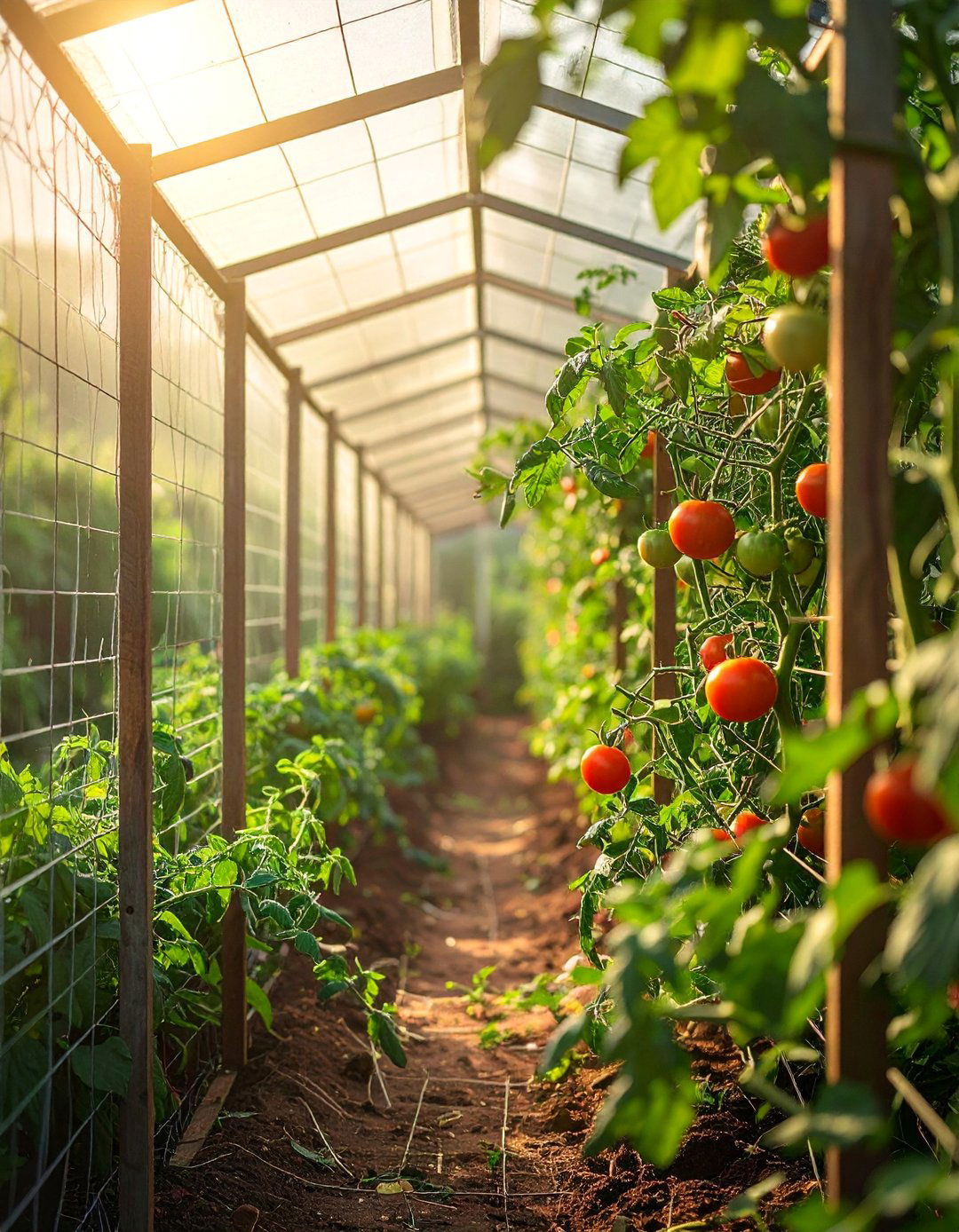
Construct complete growing enclosures using wire mesh panels that provide protection from pests while supporting healthy plant development. These cage-like structures use fine mesh that excludes harmful insects while allowing beneficial pollinators and air circulation. The enclosed design creates microclimate benefits while providing abundant attachment points for plant support throughout the growing season. Custom sizing accommodates different varieties and growing requirements while maintaining easy access through removable panel sections. The protective aspect reduces pesticide needs while ensuring cleaner fruit and healthier plants throughout the production cycle. This approach works particularly well in areas with significant pest pressure or for organic growers seeking natural protection methods. The combined support and protection functions make this an efficient single solution for multiple growing challenges.
17. Concrete Post System
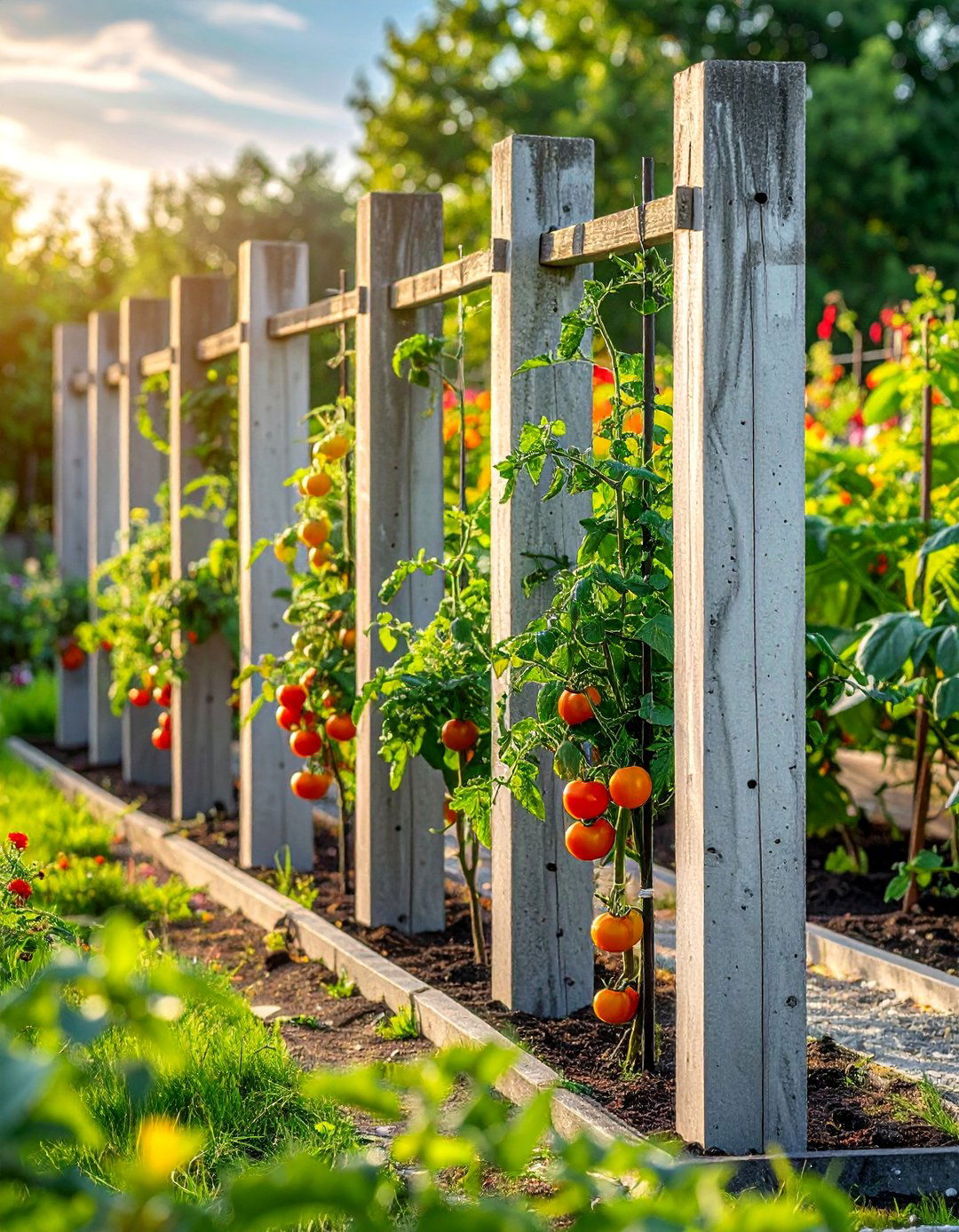
Install permanent concrete posts that create ultra-stable frameworks capable of supporting decades of heavy production without maintenance requirements. These posts resist weather, insects, and rot while providing attachment points for various trellis configurations throughout different growing seasons. The permanent installation allows quick seasonal setup using removable components like wire panels or string systems. Professional-grade construction handles extreme weather conditions while maintaining structural integrity under heavy fruit loads. The long-term investment eliminates replacement costs while providing consistent performance year after year. This approach works particularly well for dedicated vegetable gardens where permanent infrastructure investment makes economic sense over time. The stability allows use of heavier trellis materials and more complex support systems that would overwhelm less substantial post installations.
18. Adjustable Height Design
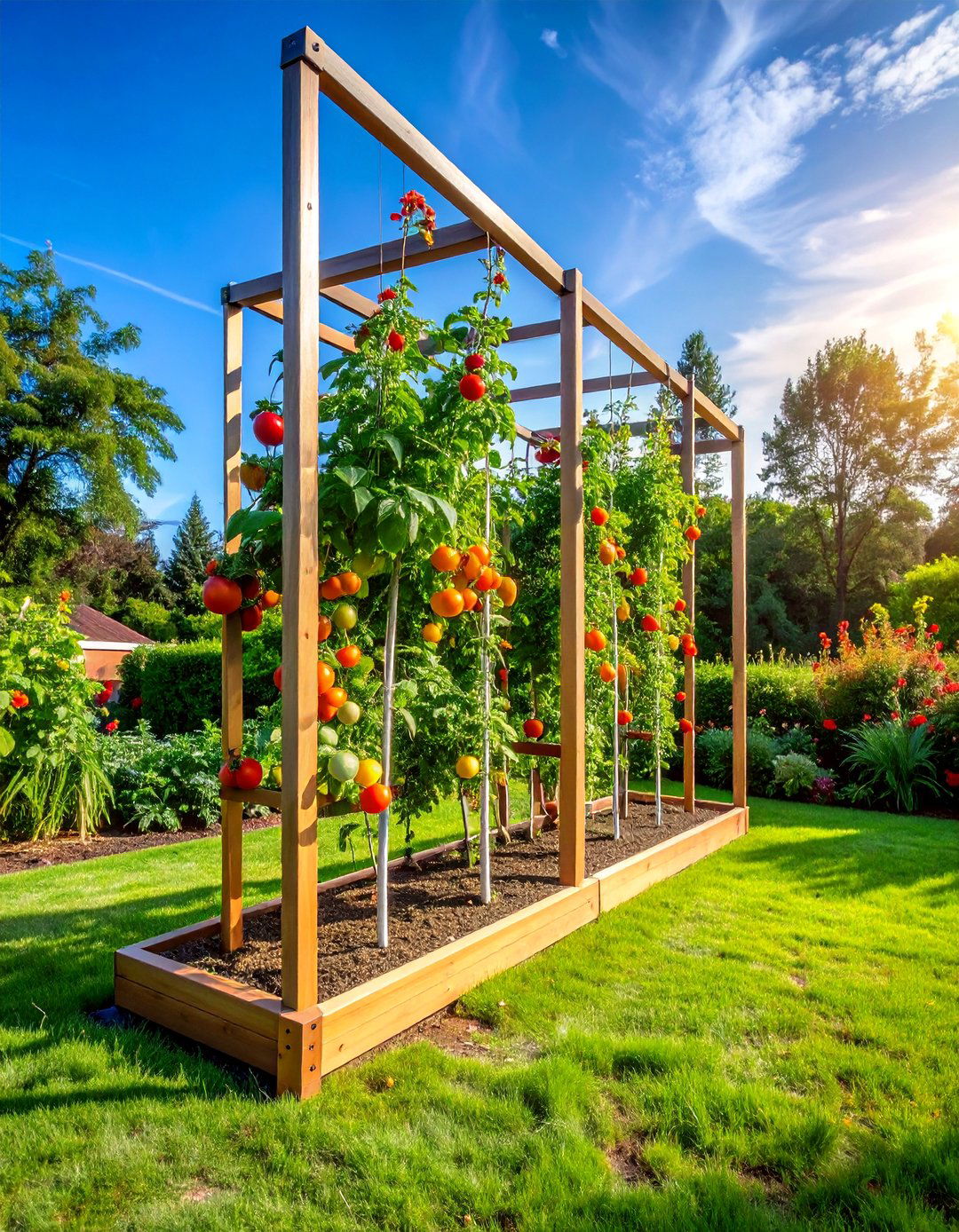
Create innovative trellis systems with telescoping components that adjust to accommodate different plant heights and growing conditions throughout the season. These flexible designs use nested tubes or adjustable hardware that extends or contracts based on specific requirements for each variety or growing stage. The adaptability makes this perfect for gardeners growing multiple tomato types with different support needs in the same area. Seasonal adjustments optimize support for changing plant requirements while maintaining efficient space utilization throughout the growing cycle. The modular approach allows component reuse in different configurations for various crops during rotation schedules. This versatility appeals to experimental gardeners who enjoy trying new varieties with different growth characteristics. The adjustable features eliminate the need for multiple fixed-height systems while providing optimal support for each situation.
19. Living Post Integration
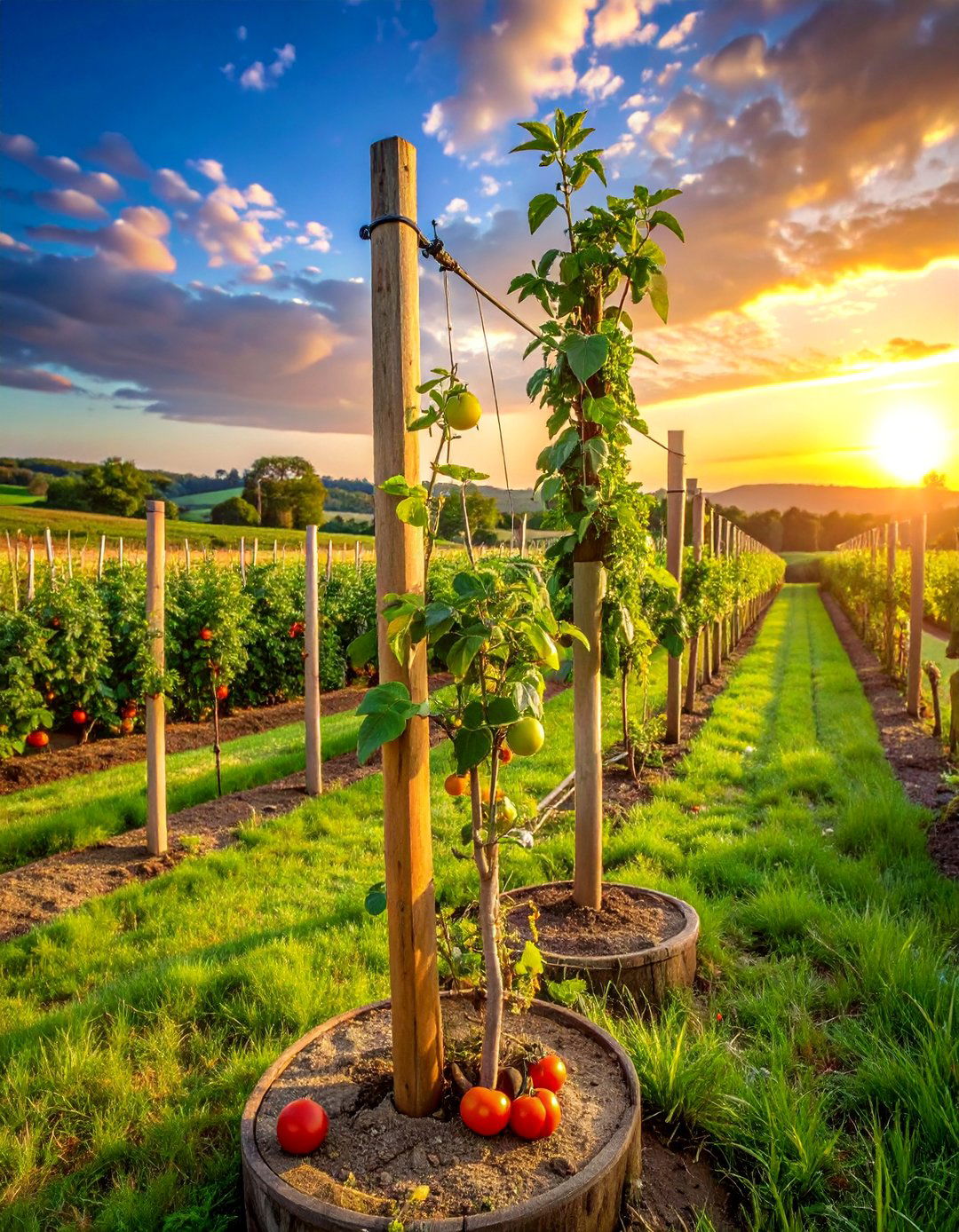
Incorporate living trees or large shrubs as natural anchor points for trellis systems that blend seamlessly with landscape plantings. Mature trees provide incredibly strong attachment points for wire systems while creating attractive integration between food production and ornamental gardening. The natural supports eliminate construction requirements while providing dynamic growing environments that change seasonally with the living anchors. This approach works particularly well in edible landscape designs where food production integrates with overall garden aesthetics. The living supports create beneficial relationships with tomato plants while providing habitat for beneficial insects and birds. Proper selection of anchor plants ensures compatibility with tomato growing requirements while enhancing overall garden biodiversity. The sustainable approach reduces material inputs while creating unique growing environments that evolve naturally over time.
20. Container Garden Stakes
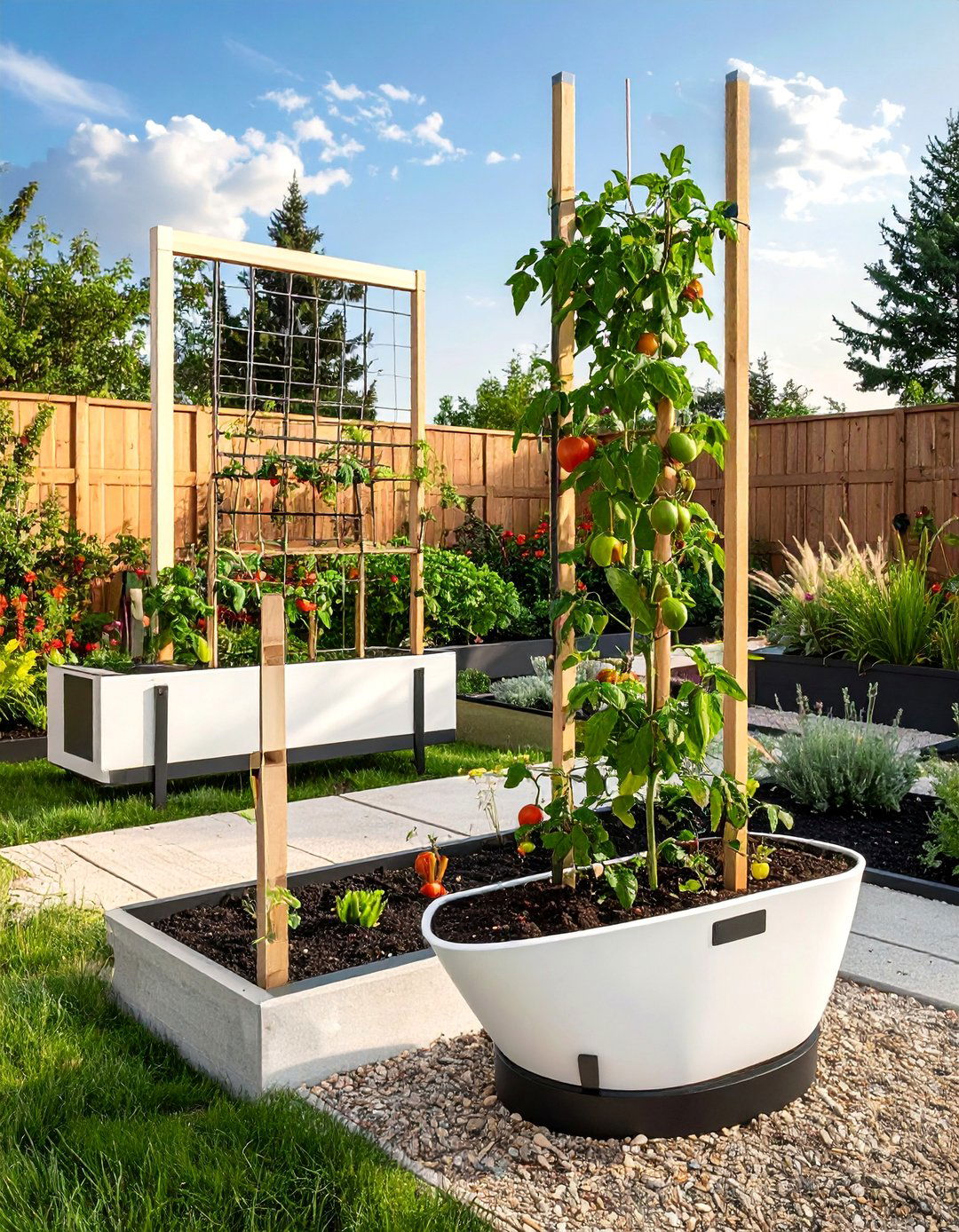
Design specialized support systems for container-grown tomatoes that provide adequate stability despite limited root space and pot constraints. These systems use weighted bases or clamp-on attachments that secure to container edges without requiring ground installation. The contained approach works perfectly for patio gardens, urban growing situations, or temporary installations that move seasonally. Proper sizing ensures adequate support for container-appropriate varieties while maintaining proportional aesthetics with pot sizes and plant scales. The portable design allows optimal sun tracking throughout the day while providing flexibility for weather protection or seasonal storage. Many urban gardeners rely on container systems for fresh tomato production despite limited growing space. The specialized supports ensure container plants receive adequate support for healthy development and productive harvests.
21. Espalier Training Framework
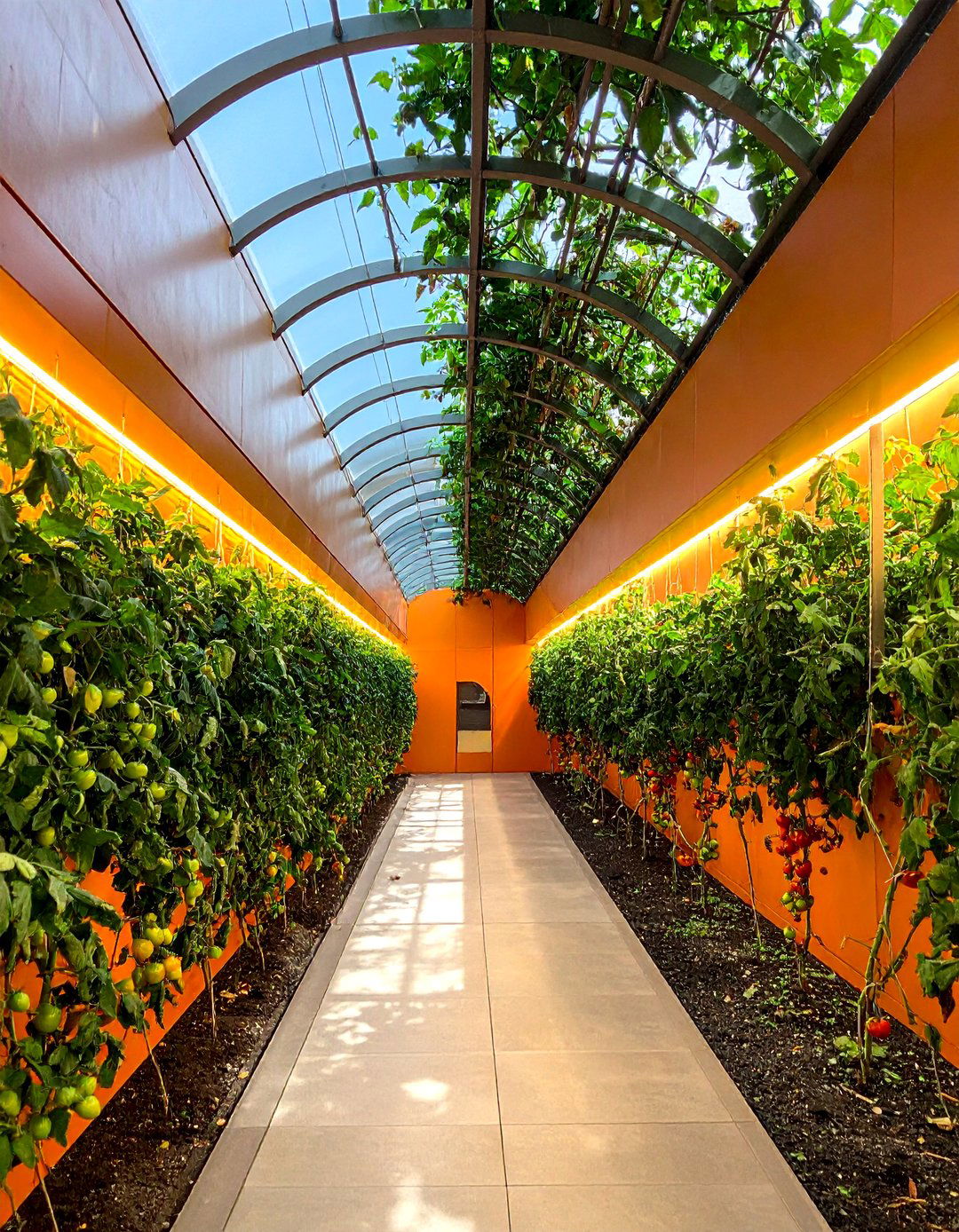
Adapt traditional fruit tree training techniques to create flat, two-dimensional tomato growing systems perfect for walls, fences, or space-constrained areas. These horizontal frameworks guide plant growth into predetermined patterns that maximize productivity while minimizing space requirements. The controlled growth creates attractive living art installations that combine food production with ornamental value. Professional training techniques ensure proper branch development while maintaining plant health and fruit production throughout the growing season. The flat profile makes this perfect for narrow spaces between buildings or along property boundaries where traditional growing methods won't fit. Advanced pruning skills create sophisticated patterns that demonstrate horticultural expertise while producing substantial harvests. The artistic approach appeals to gardeners seeking to combine creativity with functionality in limited spaces.
22. Modular Panel System
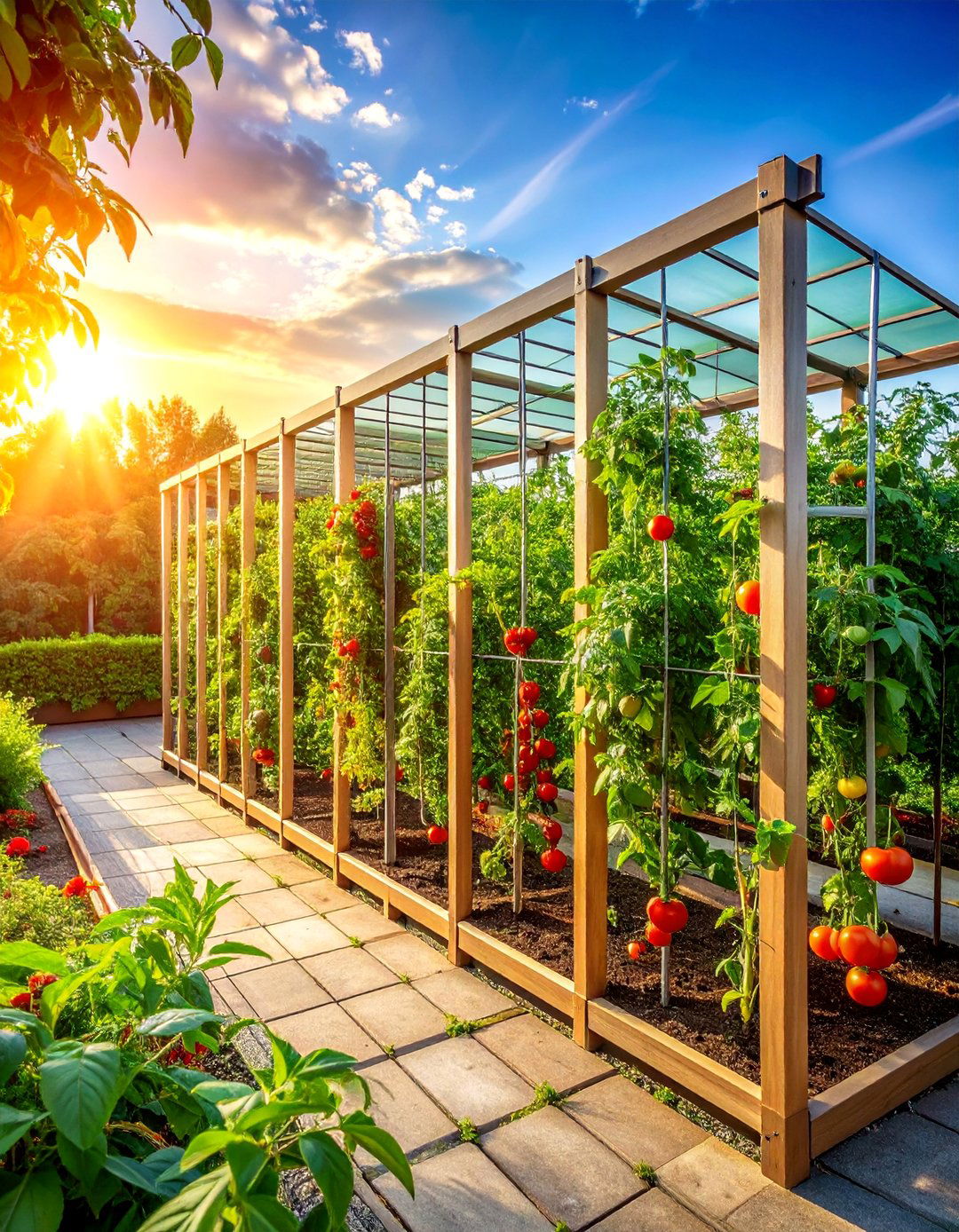
Build versatile trellis systems using interchangeable panels that reconfigure easily for different crops, seasons, or garden layout changes. These standardized components use consistent connection methods that allow quick assembly into various configurations based on current growing requirements. The modular approach maximizes material utilization while providing flexibility for changing garden needs throughout multiple seasons. Quality construction ensures components remain functional through many assembly cycles while maintaining structural integrity under various load conditions. The systematic design appeals to organized gardeners who appreciate efficient, logical solutions for complex growing challenges. Component storage during off-seasons requires minimal space while allowing quick deployment when planting begins. The investment in quality modular systems pays dividends through years of reliable, adaptable service across many different growing applications.
23. Fan Trellis Configuration
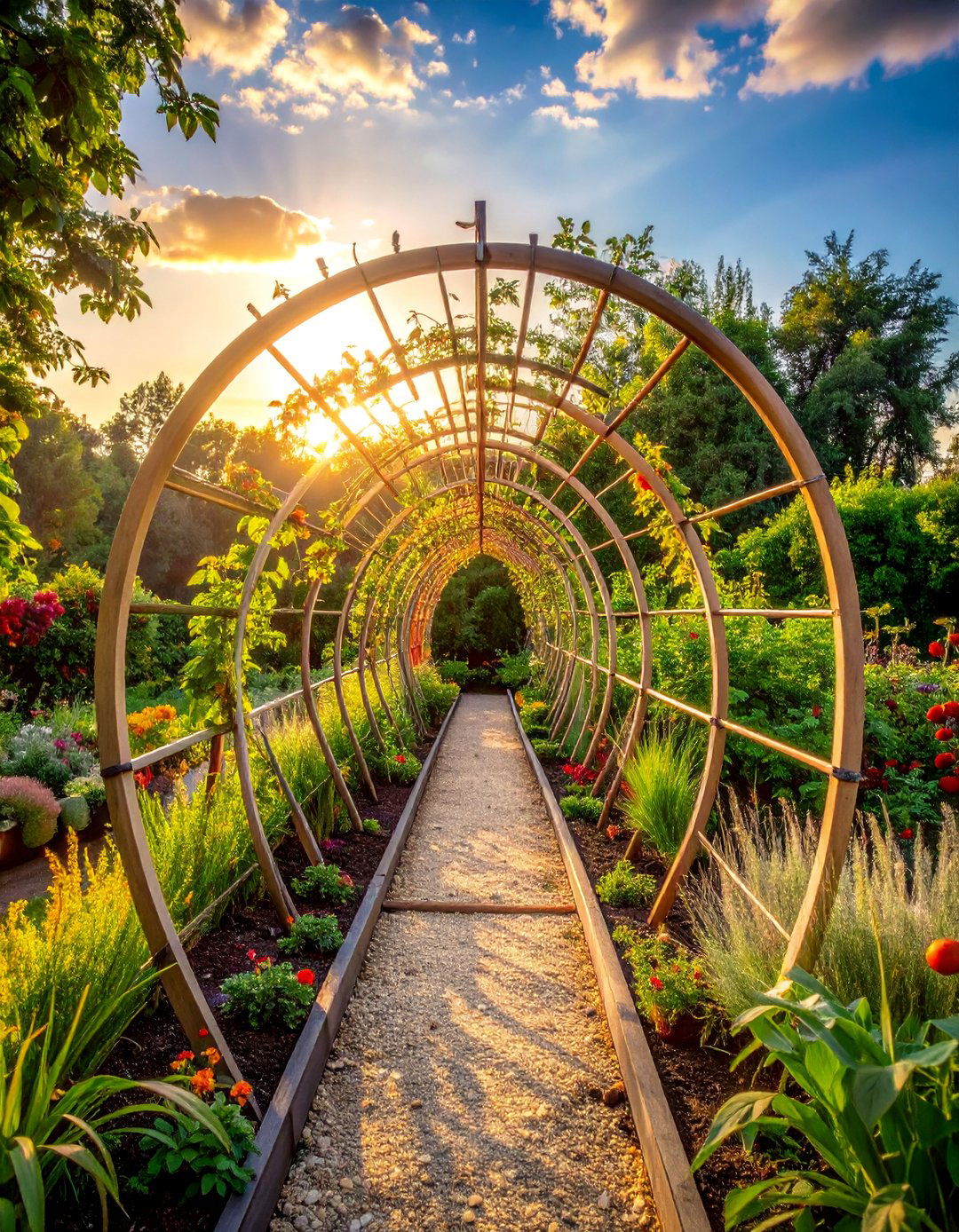
Arrange supports in decorative fan patterns that provide multiple growing surfaces while creating attractive visual elements in garden designs. These structures use radiating stakes or wires that spread from central anchoring points to create distinctive geometric patterns. The fan arrangement offers excellent plant distribution while maintaining easy access for maintenance activities from the central position. Multiple fans arranged throughout the garden create rhythmic design elements that enhance aesthetic appeal while providing functional support. The spreading pattern accommodates natural plant growth tendencies while directing development into productive configurations. This approach works particularly well with cherry tomato varieties that benefit from distributed support across multiple stems. The decorative aspect makes this perfect for ornamental vegetable gardens where appearance matters as much as production.
24. Hanging Basket Adaptation
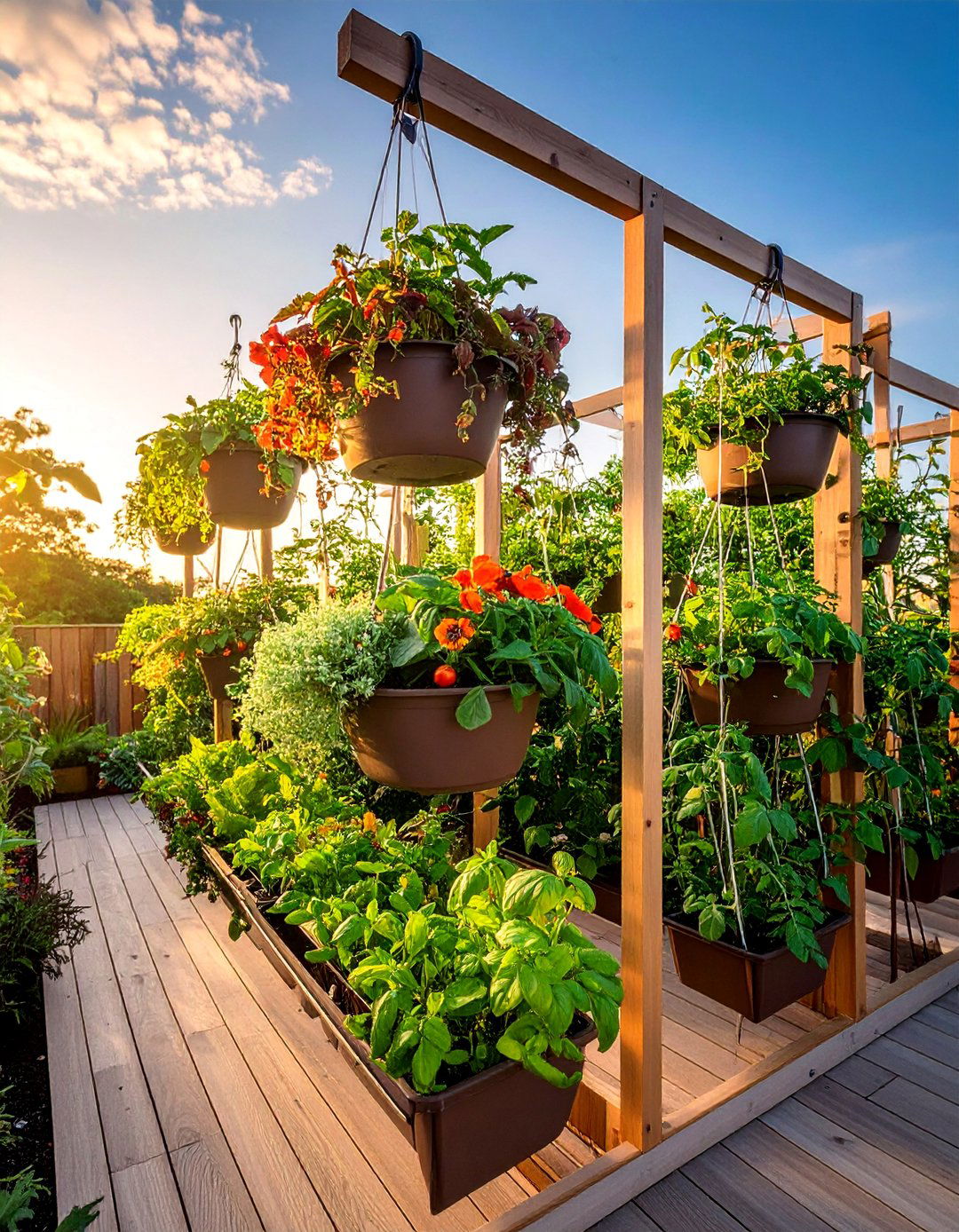
Suspend tomato plants in specialized hanging systems that utilize vertical space while creating unique growing environments for trailing varieties. These elevated systems use sturdy chains or cables that support containers designed for optimal drainage and root development. The suspended approach eliminates ground space requirements while providing excellent air circulation and drainage conditions that many varieties prefer. Proper variety selection ensures plants cascade attractively while producing abundant fruit throughout the growing season. The elevated position often reduces pest pressure while creating interesting visual elements in garden designs. Structural requirements demand adequate overhead support capable of handling fully-loaded containers throughout the production cycle. This innovative approach appeals to gardeners seeking to maximize growing space through creative vertical solutions.
25. Fence Integration Design
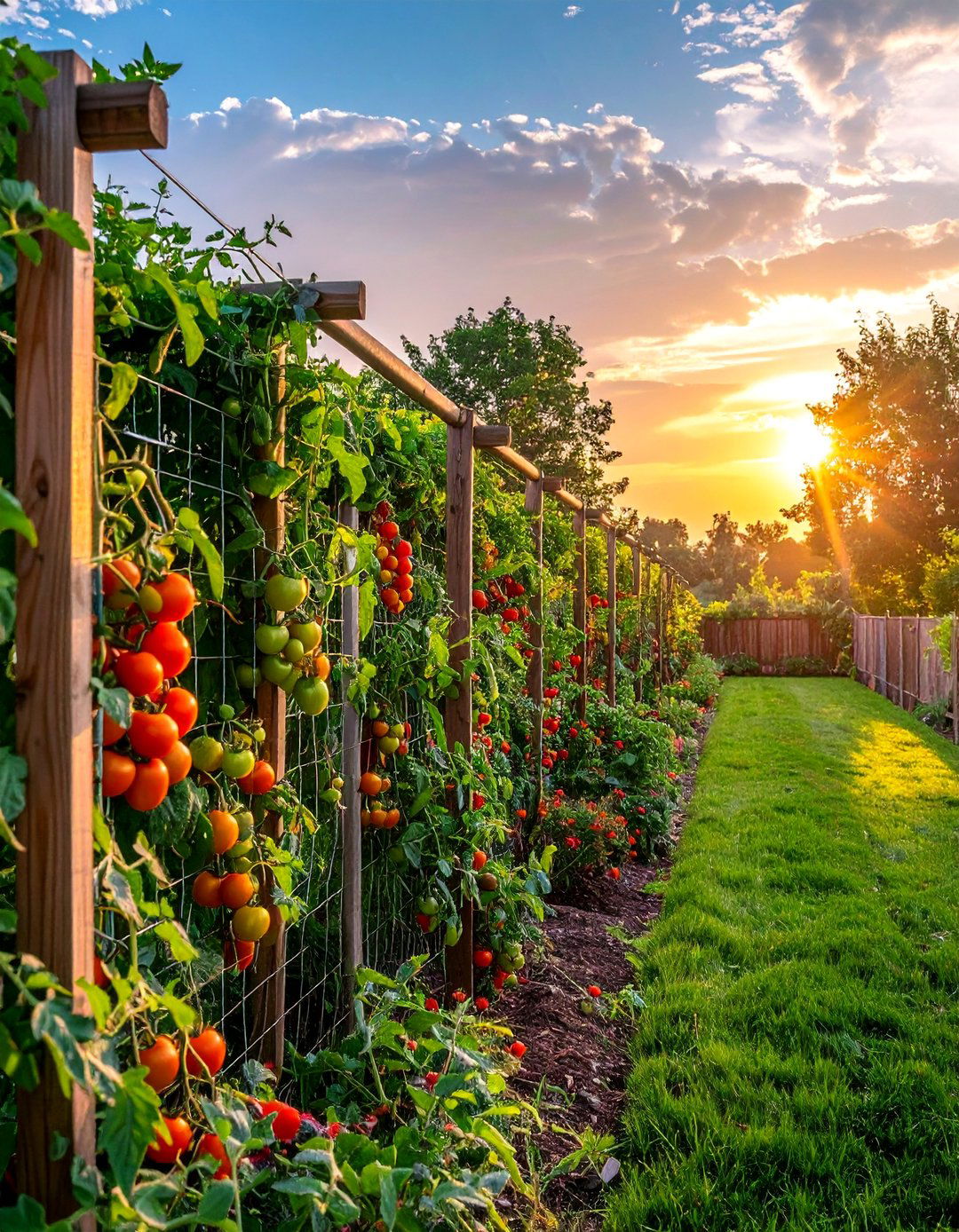
Transform existing fences into productive growing surfaces by adding appropriate trellis components that support tomato cultivation while enhancing property boundaries. Chain link, wooden, or wire fences provide excellent backing for climbing supports while utilizing otherwise unused vertical space. The integration approach maximizes property utilization while creating attractive screening that combines privacy with food production. Proper attachment methods ensure fence integrity while providing adequate support for heavy fruit loads throughout the growing season. The existing structure eliminates major construction requirements while providing substantial growing surface area for extensive plantings. Many suburban gardeners find this approach perfect for utilizing property boundaries productively while maintaining neighborhood aesthetics. The dual-purpose design creates valuable growing space without requiring additional ground area dedication.
26. Pyramid Tower Structure
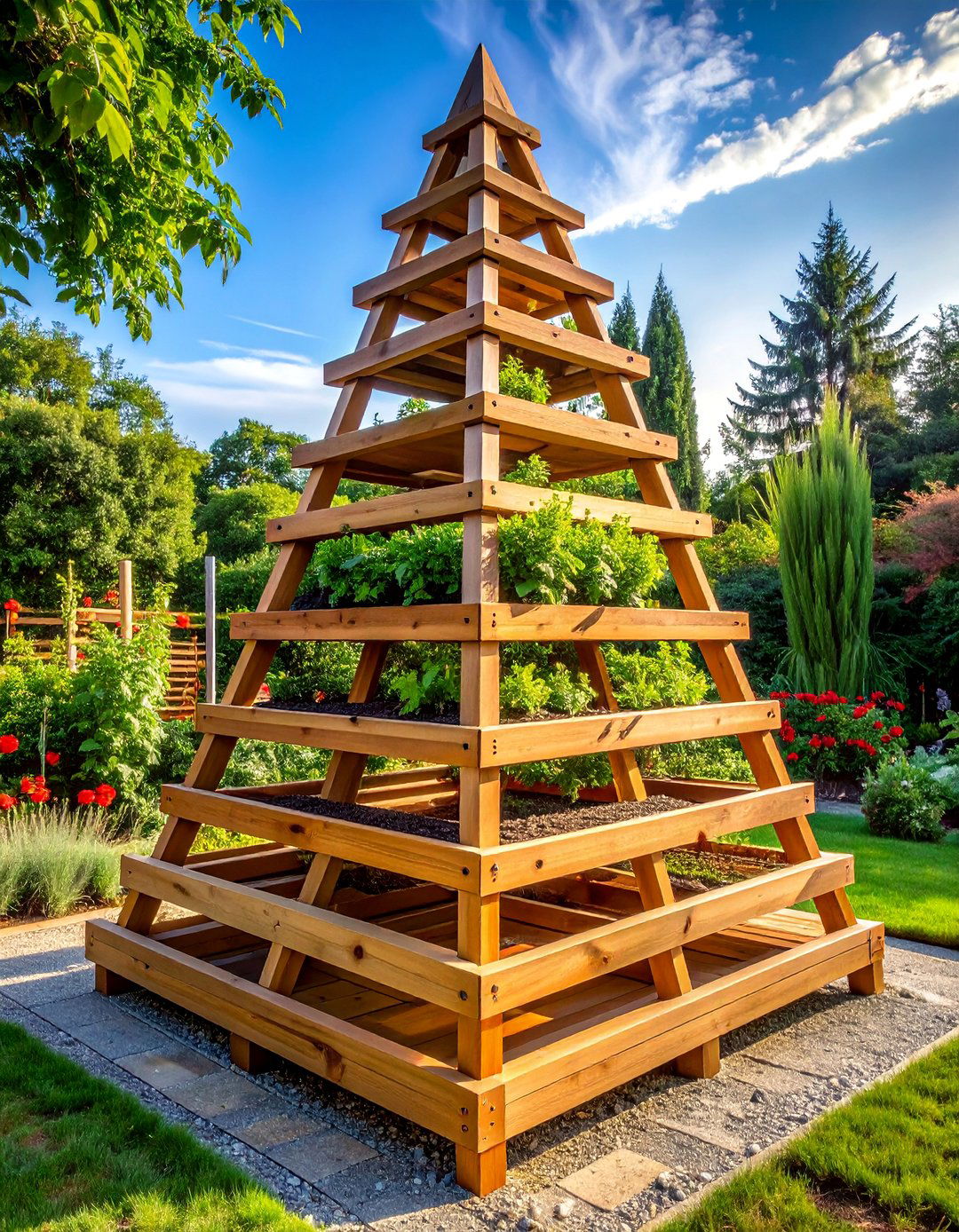
Construct multi-level pyramid structures that provide abundant growing surface while creating impressive vertical garden features. These square-based towers use diminishing levels that accommodate multiple plants at each tier while maintaining stability and easy access. The stepped design allows different varieties at various levels based on size requirements and harvest timing preferences. Premium materials like cedar or metal ensure long-term durability while creating attractive focal points that enhance garden design. The tower approach maximizes vertical space while maintaining manageable plant care access at all levels. Each level functions independently while contributing to an impressive overall structure that demonstrates advanced gardening skills. The architectural quality makes this perfect for showcase gardens or areas where visual impact matters as much as production volume.
27. Bent Wire Arbor
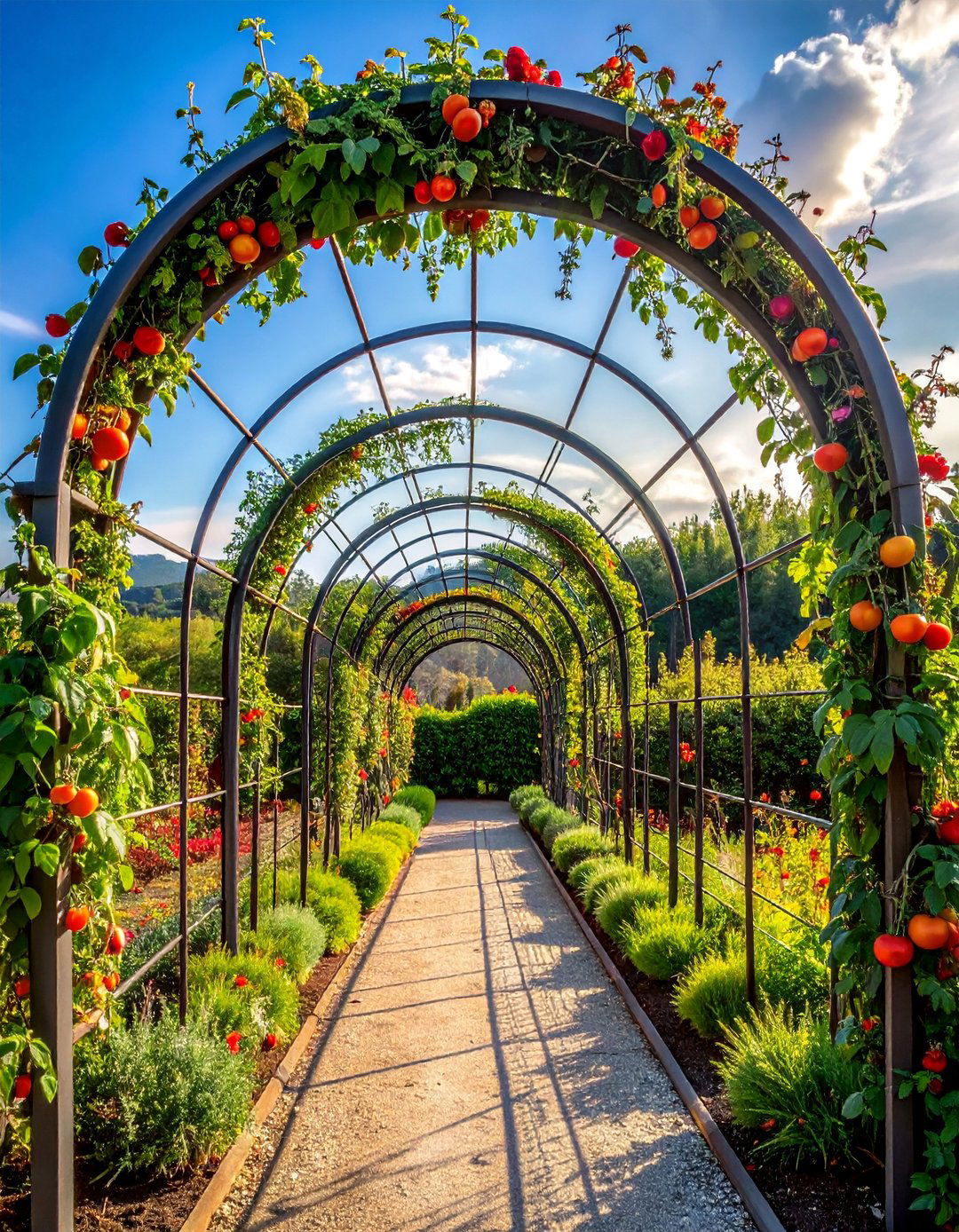
Create elegant curved structures using heavy-gauge wire that forms attractive archways while providing extensive growing surfaces for climbing varieties. These graceful curves combine structural strength with artistic appeal, creating focal points that enhance garden design while supporting productive plant growth. The wire construction allows custom shaping to fit specific spaces while maintaining adequate strength for heavy fruit loads. Professional bending techniques create smooth curves that guide plant growth into attractive patterns while ensuring structural integrity throughout the growing season. The artistic approach appeals to gardeners who appreciate combining functionality with aesthetic beauty in garden infrastructure. Quality materials ensure decades of reliable service while maintaining their attractive appearance through multiple growing seasons. The elegant design elevates utilitarian vegetable growing into ornamental garden artistry.
28. Reinforced Cage System
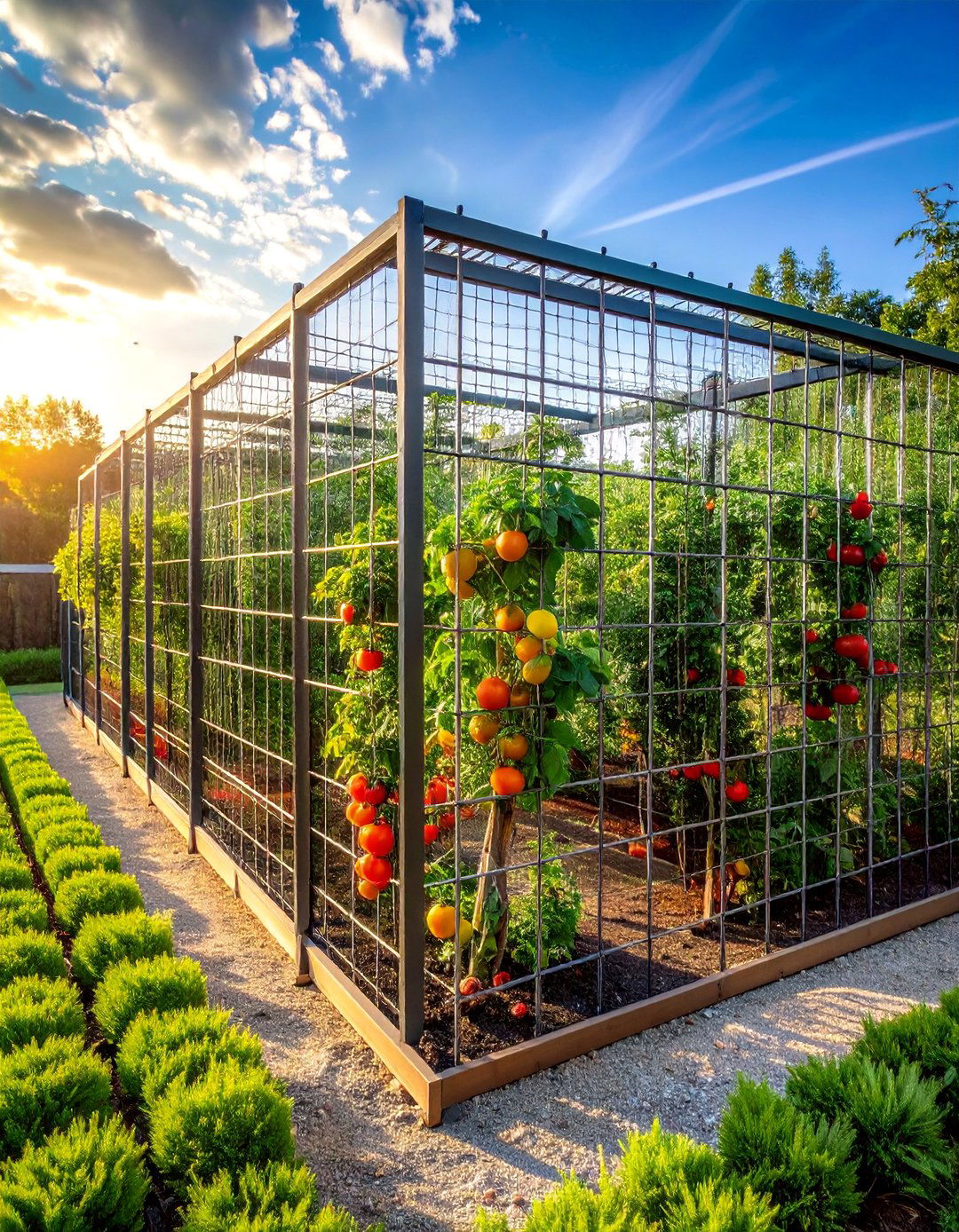
Develop heavy-duty cage systems using reinforcing rod and wire mesh that handle the largest indeterminate varieties without structural failure. These industrial-strength supports use rebar frameworks covered with appropriate mesh to create incredibly strong enclosures. The reinforced construction handles extreme fruit loads while maintaining plant access for maintenance and harvesting activities. Professional-grade materials ensure decades of reliable service while accommodating the most productive varieties that overwhelm lighter support systems. The robust design works particularly well for heirloom varieties known for exceptional productivity and large fruit size. Investment in premium materials pays dividends through reliable performance and elimination of support failures during peak production periods. This approach appeals to serious gardeners who demand maximum performance from their support infrastructure while growing the most challenging varieties.
29. Multi-Season Framework
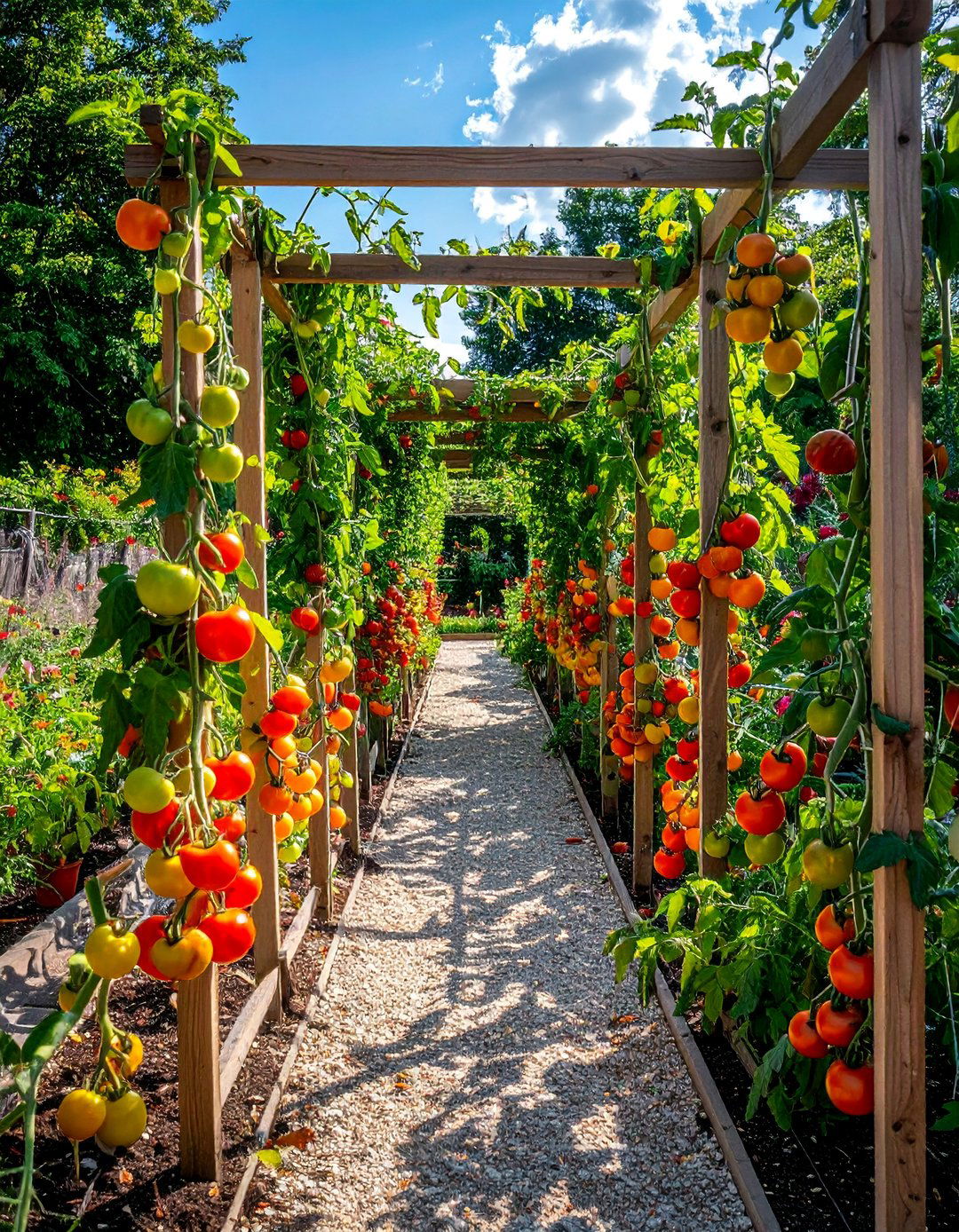
Design permanent structures that serve multiple crops throughout extended growing seasons and rotation cycles. These year-round frameworks use weather-resistant materials and flexible attachment systems that accommodate beans, peas, cucumbers, melons, and tomatoes throughout different seasons. The permanent installation eliminates seasonal setup requirements while providing consistent support for various climbing crops. Quality construction ensures reliable performance through decades of continuous use while adapting to changing crop requirements. The versatile design maximizes infrastructure investment while providing flexibility for experimental growing approaches and variety trials. Advanced planning incorporates crop rotation schedules while maintaining optimal growing conditions for each season's requirements. This systematic approach appeals to dedicated gardeners who treat growing as a year-round commitment requiring substantial infrastructure investment.
30. Vertical Garden Tower
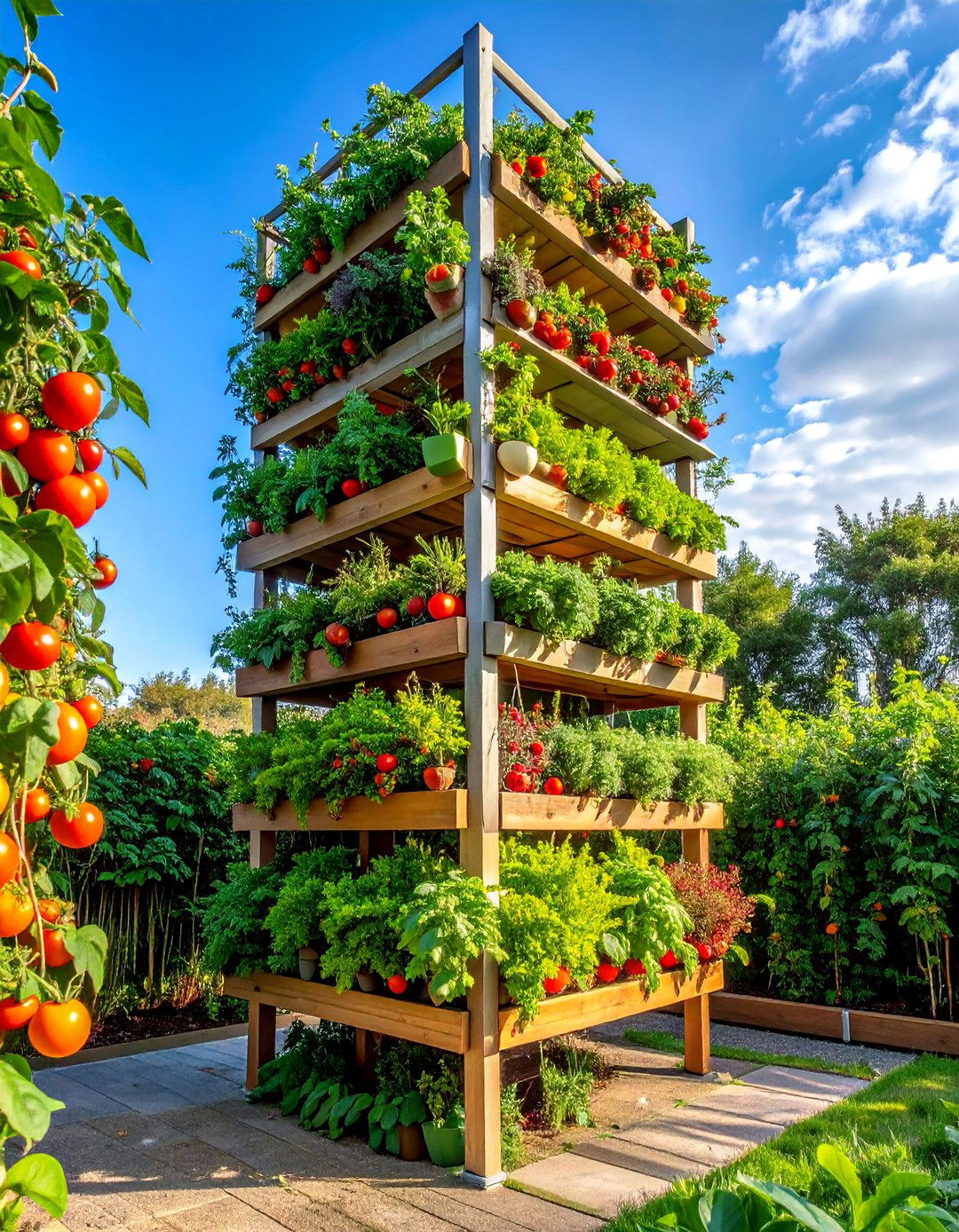
Construct impressive tower systems that maximize growing density while creating stunning vertical garden displays. These multi-story structures provide growing space for numerous plants in minimal ground area while creating impressive garden features. The tower design accommodates different varieties at various levels based on their specific requirements and compatibility with neighbors. Advanced irrigation systems ensure adequate water distribution throughout all levels while maintaining convenient access for maintenance activities. The concentrated approach produces substantial harvests from limited space while demonstrating advanced vertical growing techniques. Quality construction ensures structural integrity under full production loads while creating attractive features that enhance property value. This intensive approach appeals to gardeners seeking maximum production from minimal space while creating impressive demonstrations of horticultural skill and creativity.
Conclusion:
Selecting the right tomato trellis transforms your garden from struggling vines to productive paradise. Each design offers unique advantages suited to different growing conditions, space constraints, and aesthetic preferences. From simple bamboo towers to elaborate wire systems, proper support ensures healthier plants, cleaner fruit, and dramatically improved harvests. Consider your garden size, tomato varieties, and long-term goals when choosing support structures. Quality materials and solid construction pay dividends through seasons of reliable service and abundant production. Whether you prefer rustic wood, modern wire, or artistic designs, investing in proper plant support creates the foundation for vegetable gardening success that rewards you with premium homegrown tomatoes throughout the entire growing season.

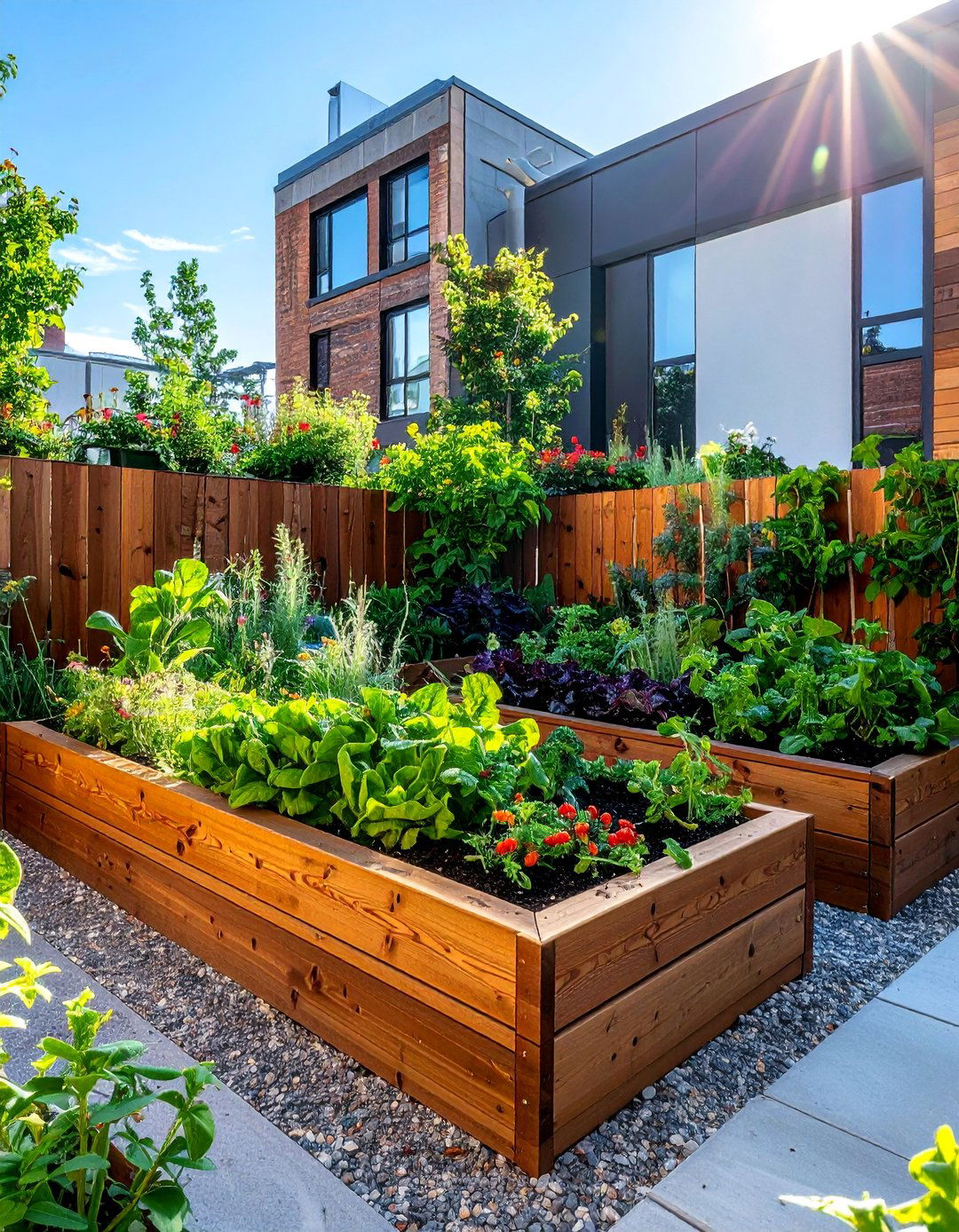
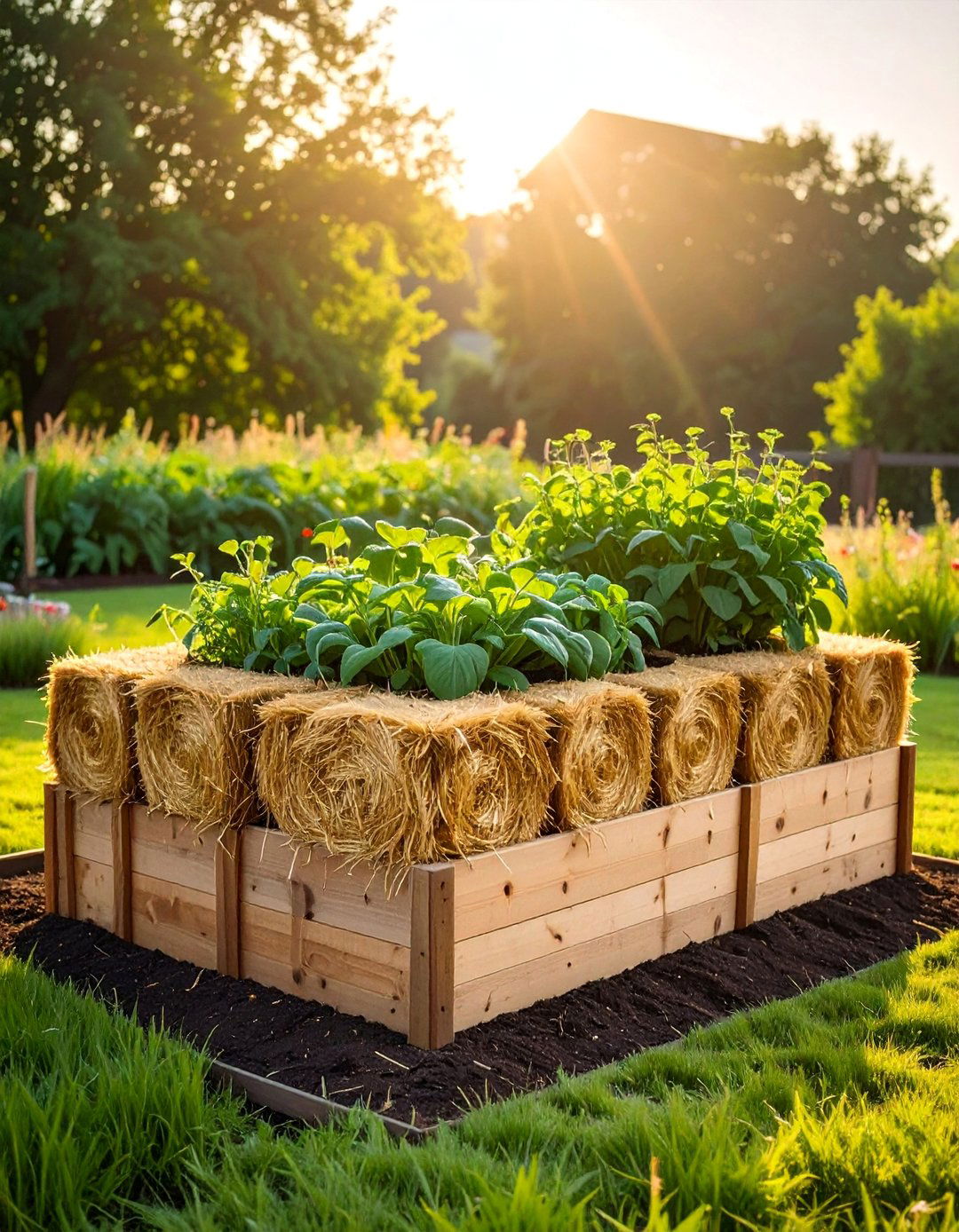
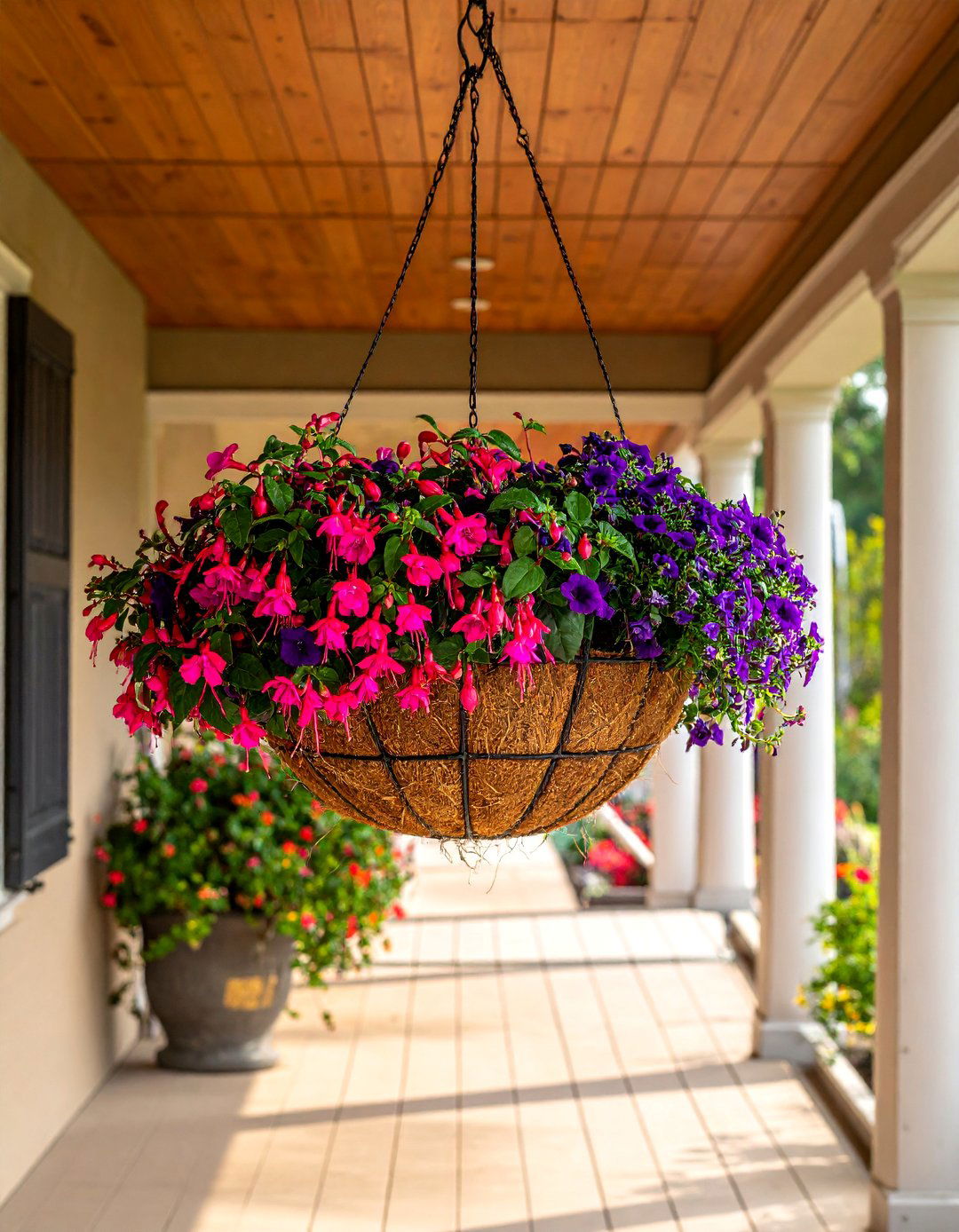
Leave a Reply